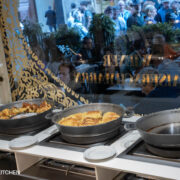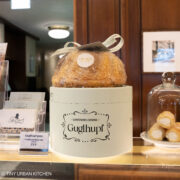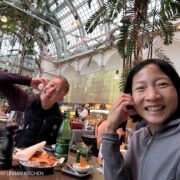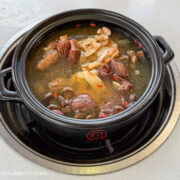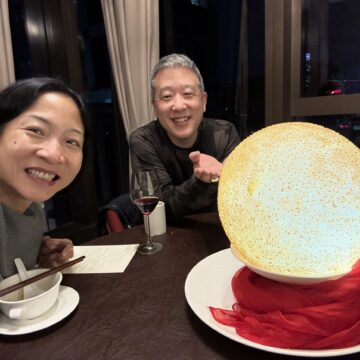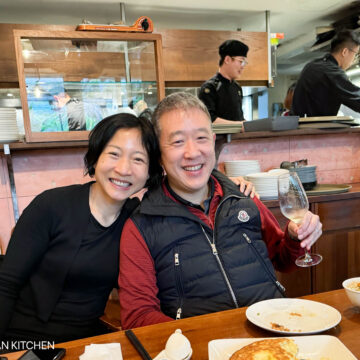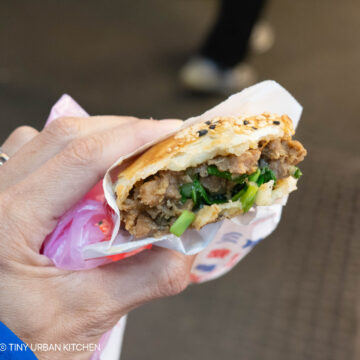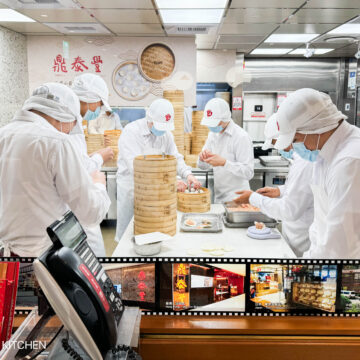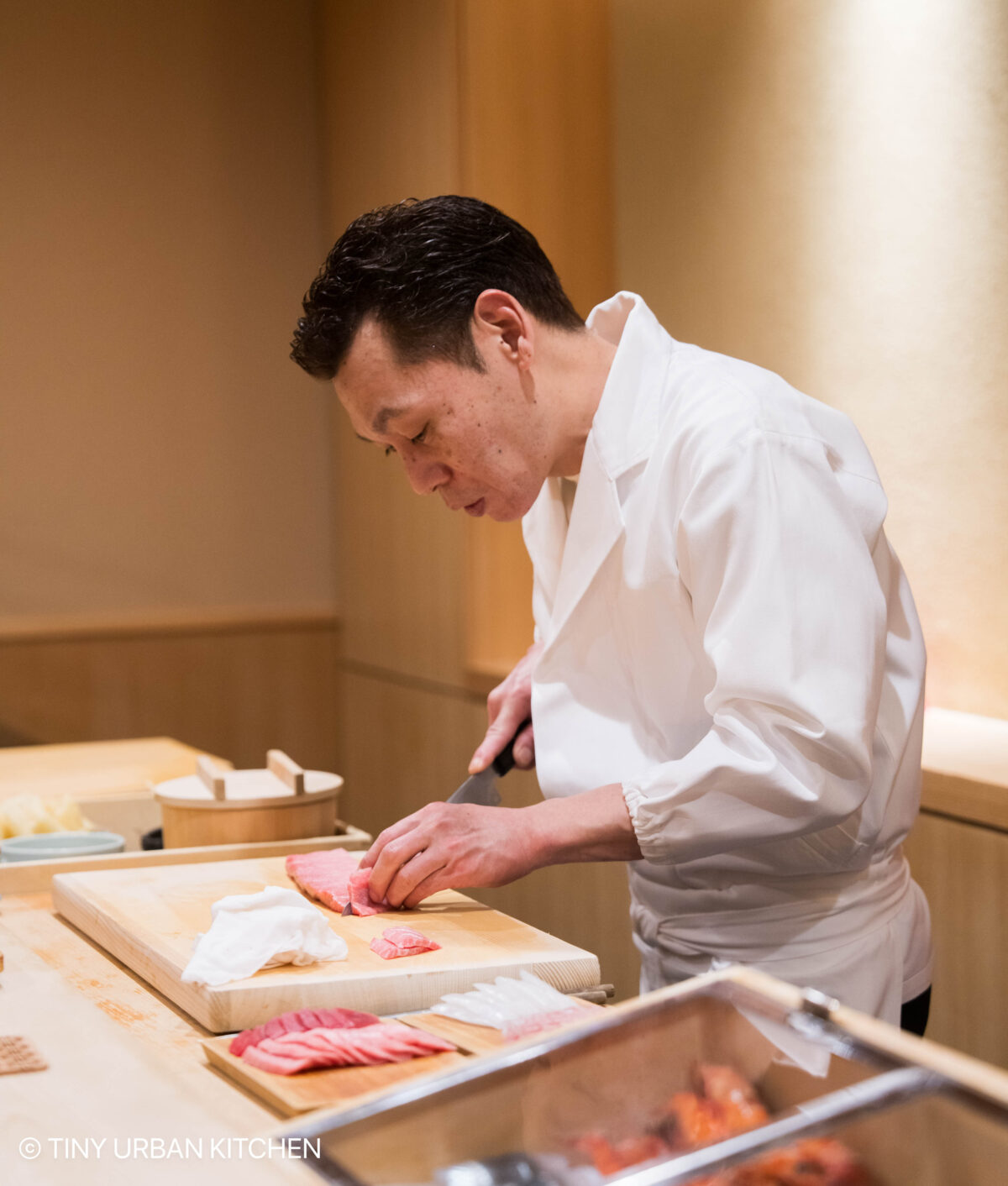
I’ve loved things associated with Japan for as long as I remember - whether it be Sanrio characters (hello Keroppi!) and Totoro when I was young*, or deciding to study Japanese language when I went to university - I’ve always been drawn to Japan.
That also includes Japanese food, which is woven through Taiwanese cuisine due to their tightly tied history.
However, Bryan was not the same way, and actually didn’t really like Japanese food when we first met. His only exception was sushi, and only the very best sushi.
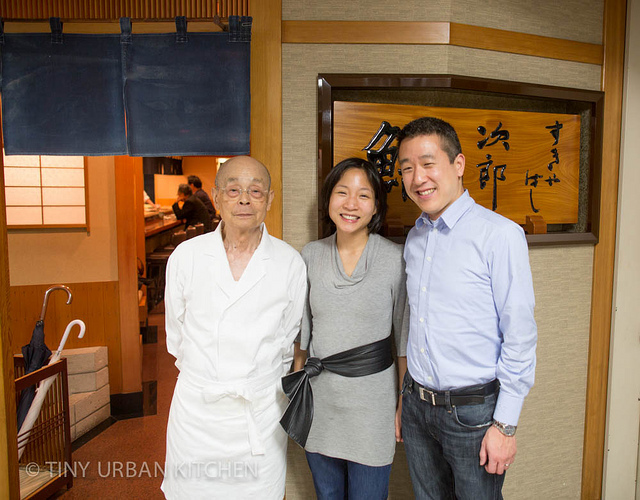
When he started traveling to Japan more frequently for work (starting around 2008), I would tag along on these trips. Each trip, due to his narrow dining preferences, we’d mostly visit famous sushi restaurants. It was a crazy time, dining at Sukiyabashi Jiro, Sushi Mizutani, Sushi Sawada, and other “greats”. However, we only occasionally tried other cuisines, mostly noodles (Bryan loves noodles), and maybe an occasional kaiseki.
Since Moving to Asia . . .
In more recent years, Bryan’s palate has broadened a lot. He can actually enjoy curries and coconut milk (something he used to HATE), and he’s more open to a wider variety of Japanese food. This is why our trips (and this blog’s content!) have expanded to include all sorts food types, such as tempura, tonkatsu, yakitori, ramen, soba, udon, kaiseki, shabu shabu, tofuya, sukiyaki, takoyaki, okonomiyaki, teppanyaki, . . and even wackier things like a hedgehog cafe, maid cafe, dog cafe, and more.
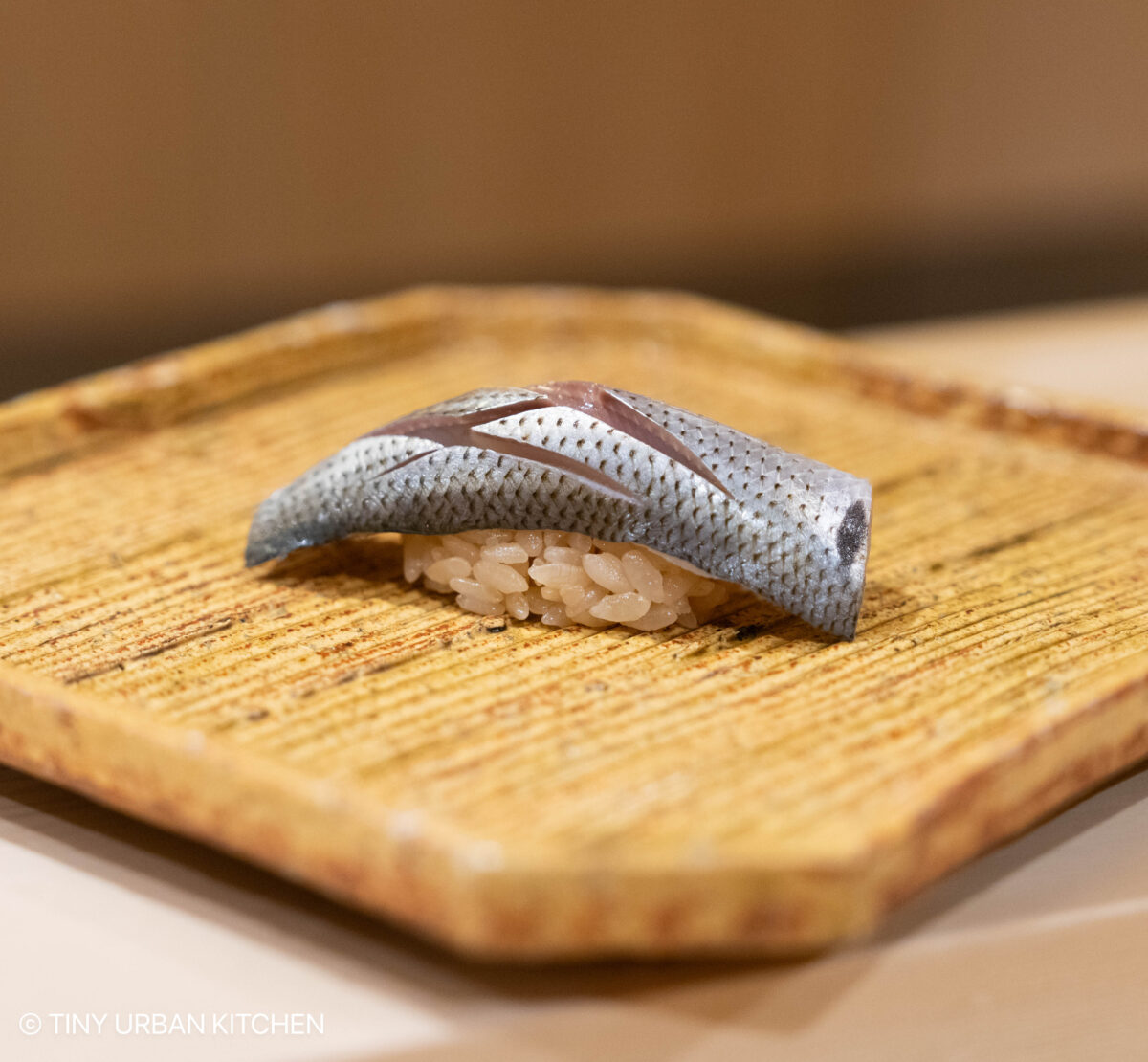
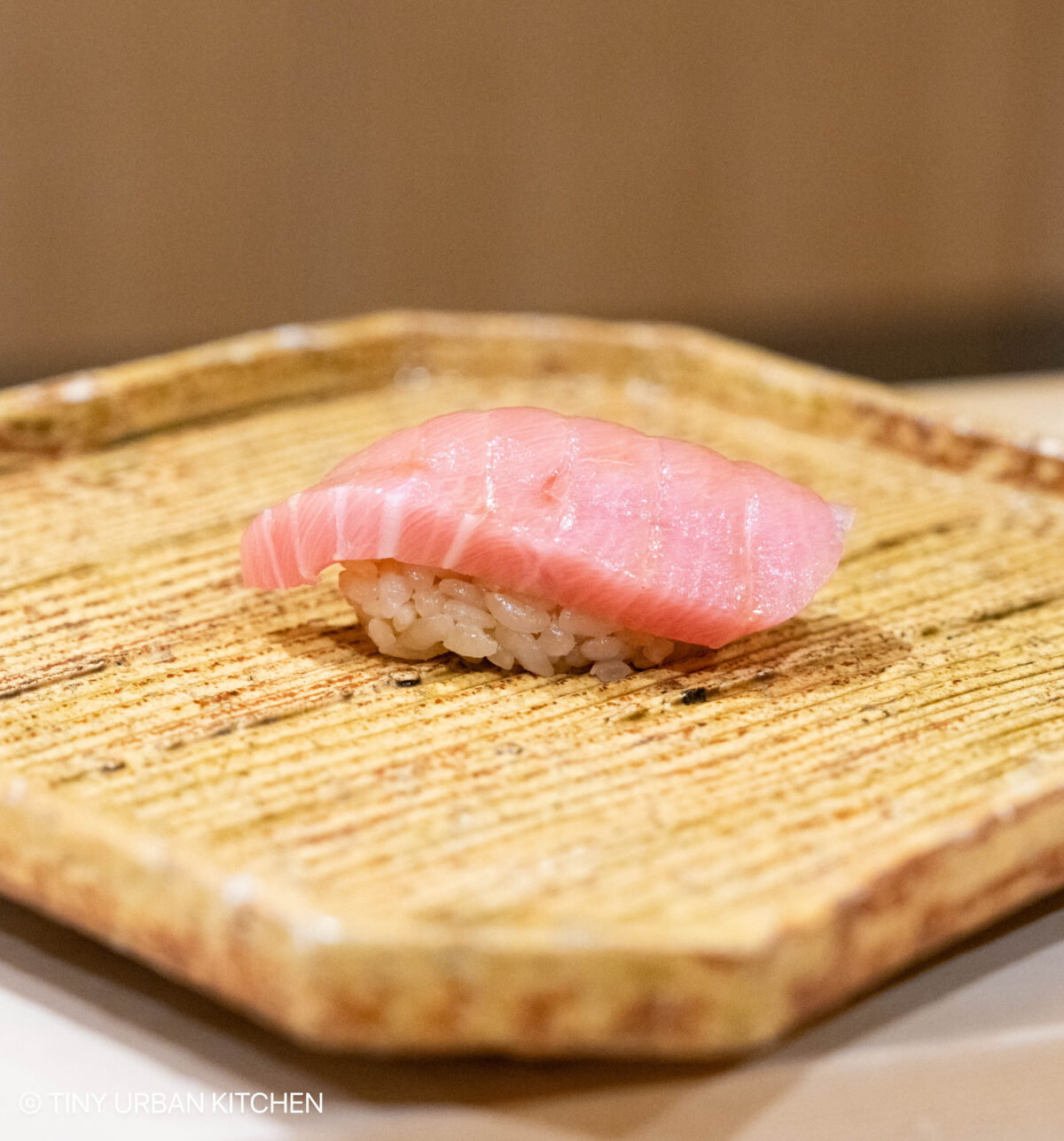
But we still love sushi. And ever since Hong Kong banned seafood from 10 prefectures (including Tokyo) due to Fukushima wastewater issues, it’s hard to know what we can get in Hong Kong now.
So this trip, I decided not to consult the Michelin guide. Instead, I went to Tabelog, the go-to reference that Japanese people use. Japanese diners are particularly tough critics, and scores on Tabelog tend to be a bit lower than those on sites like Yelp, Google, Travelocity, OpenRice, and Dianping.
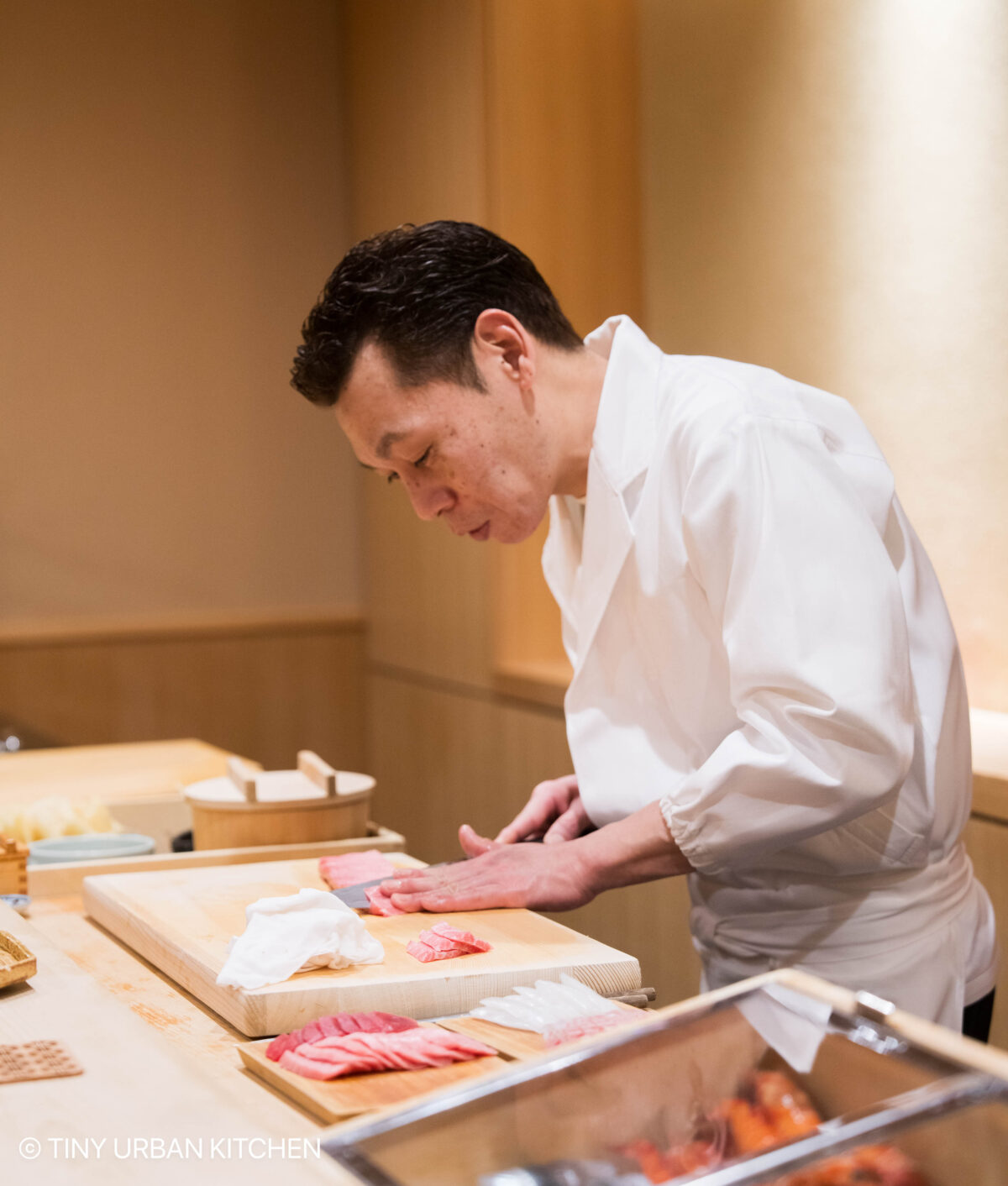
This is all a very, very long prelude to explaining how I came upon Sushi Suzuki. This restaurant is rated very, very highly on Tabelog. Based on that alone (and availability during the Easter weekend), I decided to book it and give it a try.
It was our only sushi meal the entire trip!
Then & Now
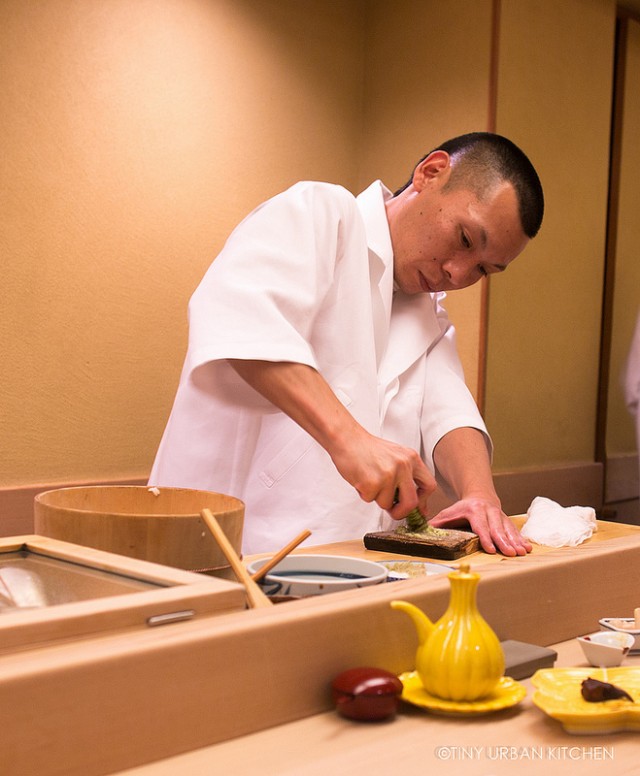

Suzuki-san opened his own shop in 2015, after working for 12 years at Sushi Aoki. In fact, when I went back to my Sushi Aoki photos (from our visit in 2013), I was tickled to see photos of him. I guess he served us 11 years ago!!
His own shop is a tiny operation. It appears to be run by just Suzuki-san and his wife. Perhaps there are hidden apprentices in the back? We couldn’t tell.
Omakase Sushi Dinner at Sushi Suzuki
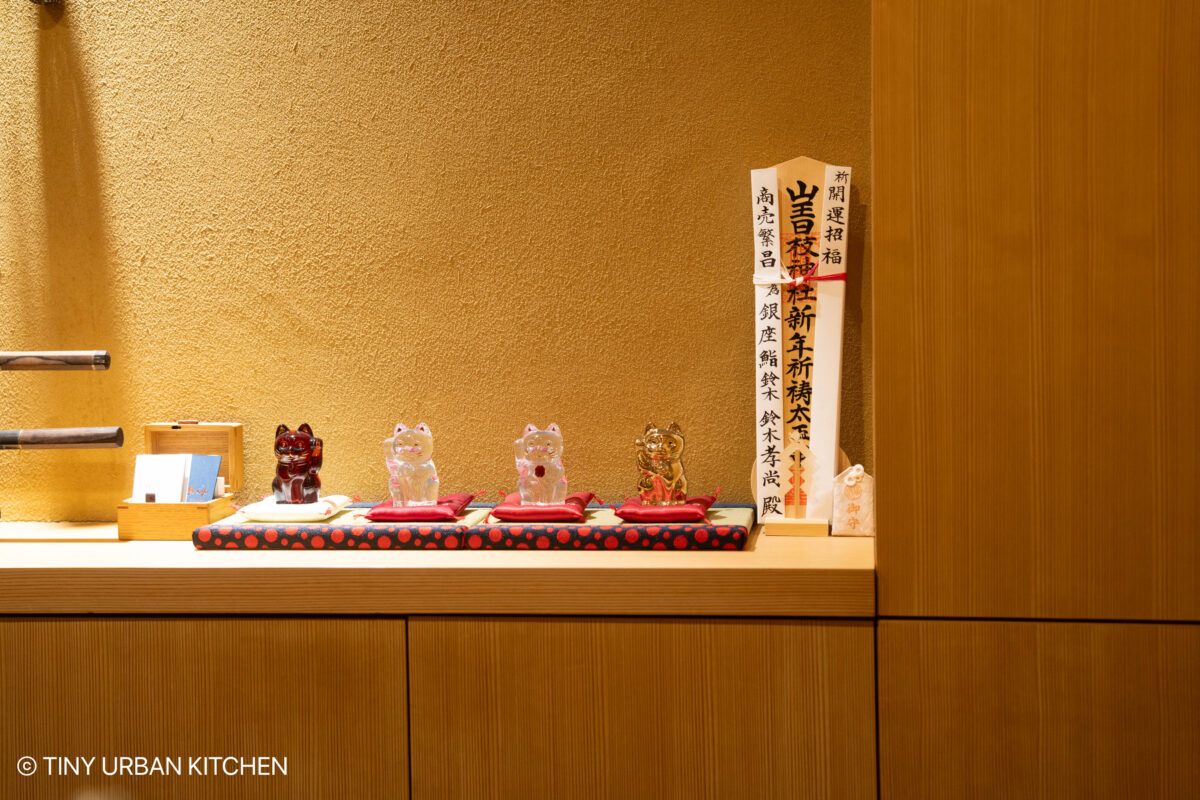
We entered a small, windowless, blond wood paneled room on the 5th floor of an office building in Ginza (very, very typical). Suzuki-San greeted us with a friendly smile and asked us what we wanted to drink.
His wife took our coats and attended to our drinks while Suzuki-San began preparing the food.
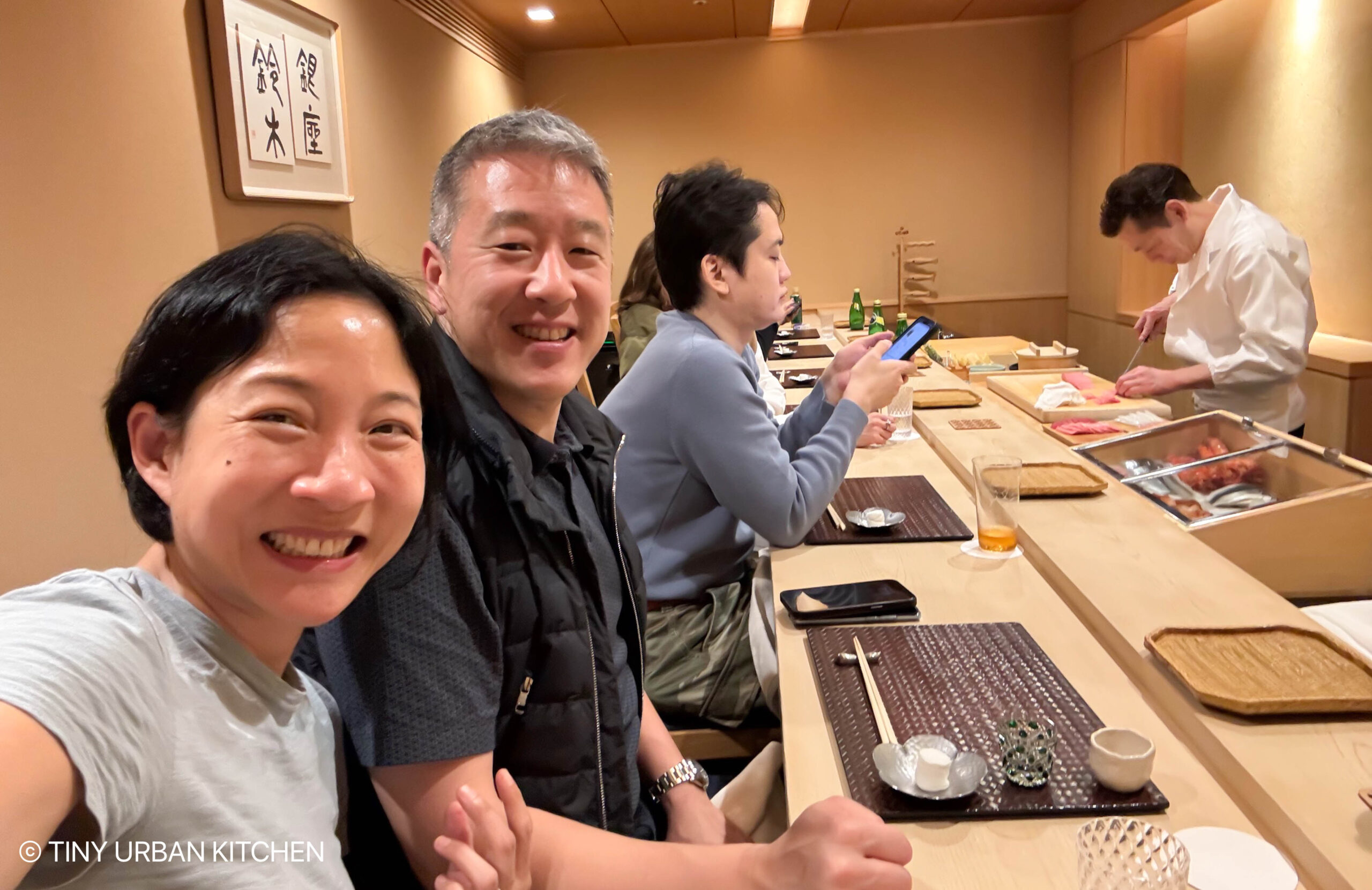
The restaurant only has 8 counter seats. The night we went, there were only two Japanese speakers (a man and a woman, both solo diners). They sat near the middle (near Suzuki-san), presumably because he would be able to chat with them. As it turns out, he chatted mostly with the Japanese lady. The Japanese guy was on his phone most of the night. From time to time, chef Suzuki would try to interact with us and the other foreign visitors. We didn't find out until later, but the other three diners were also from Hong Kong!
It turned out to be a really great and interesting meal! Suzuki-san definitely threw some unusual surprises into the mix. It may not be for everyone (you‘ll see why).
Small Appetizers
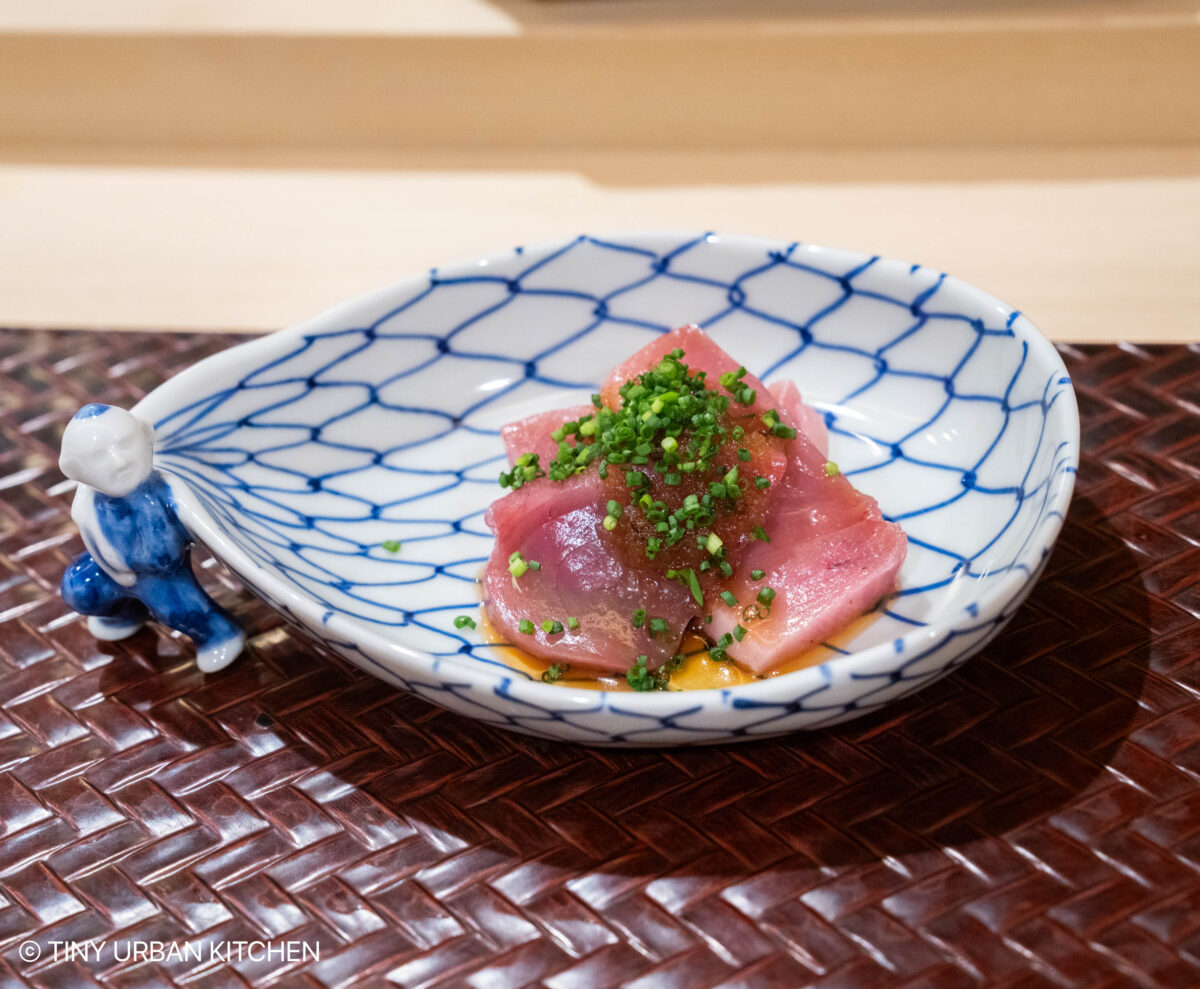
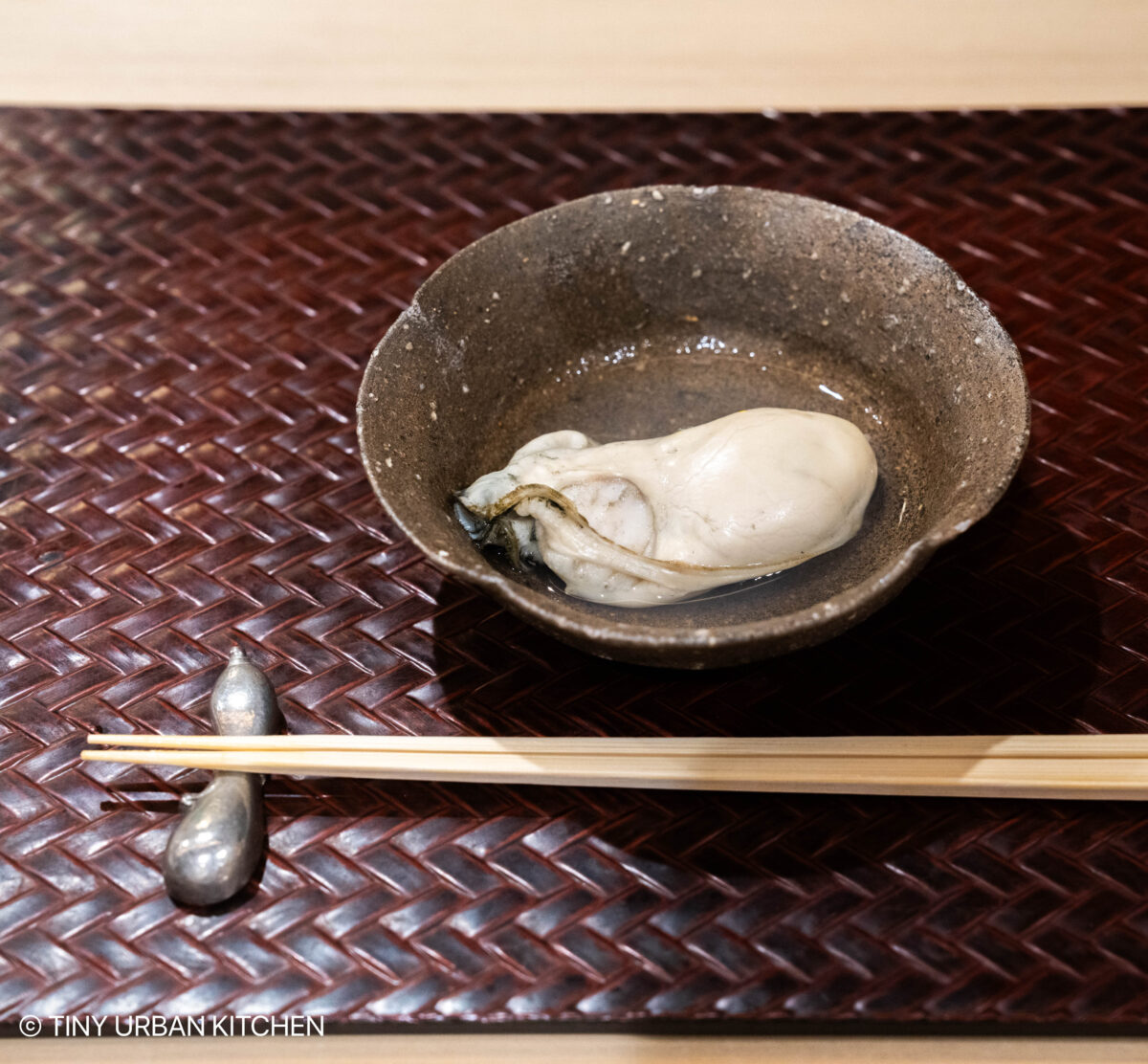
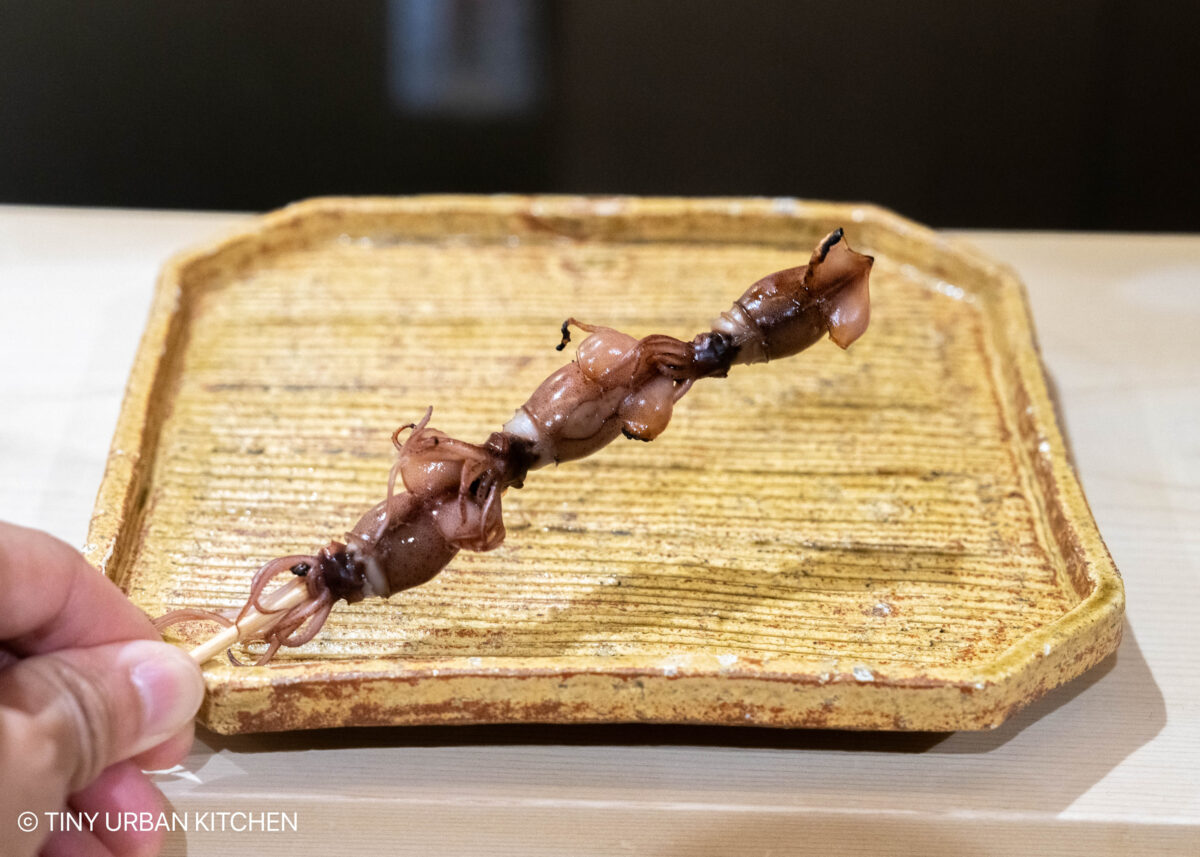
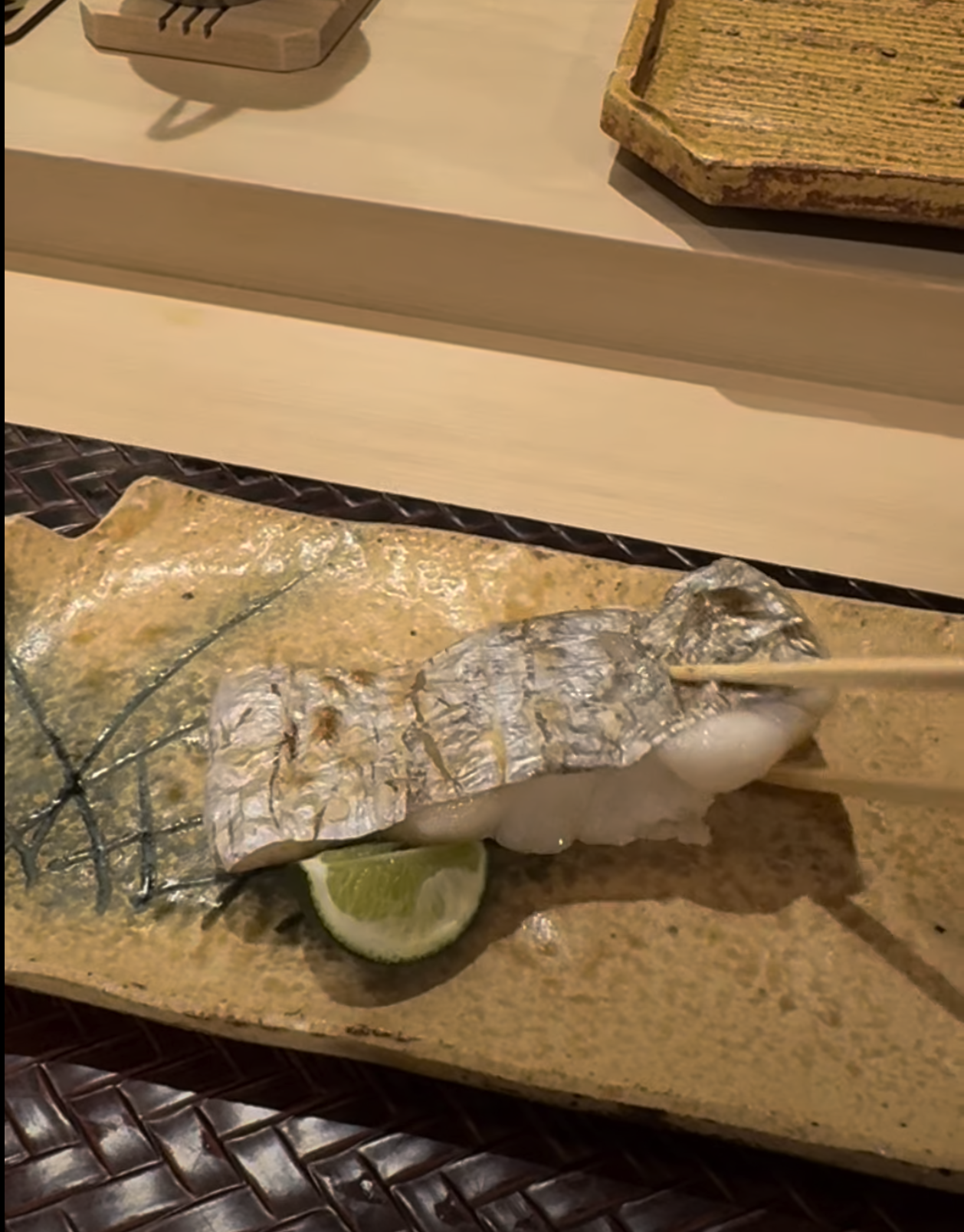
Next was Katana (or tachi-uo), a Japanese samurai sword fish that swims vertically. Apparently it swims with its head up while it is "hunting", and when it finds prey will "strike out" and catch its dinner. Chef Suzuki pulled up some photos to show us how the fish swim. It's so interesting!
The fish was amazing, so incredibly tender and really, really delicious.
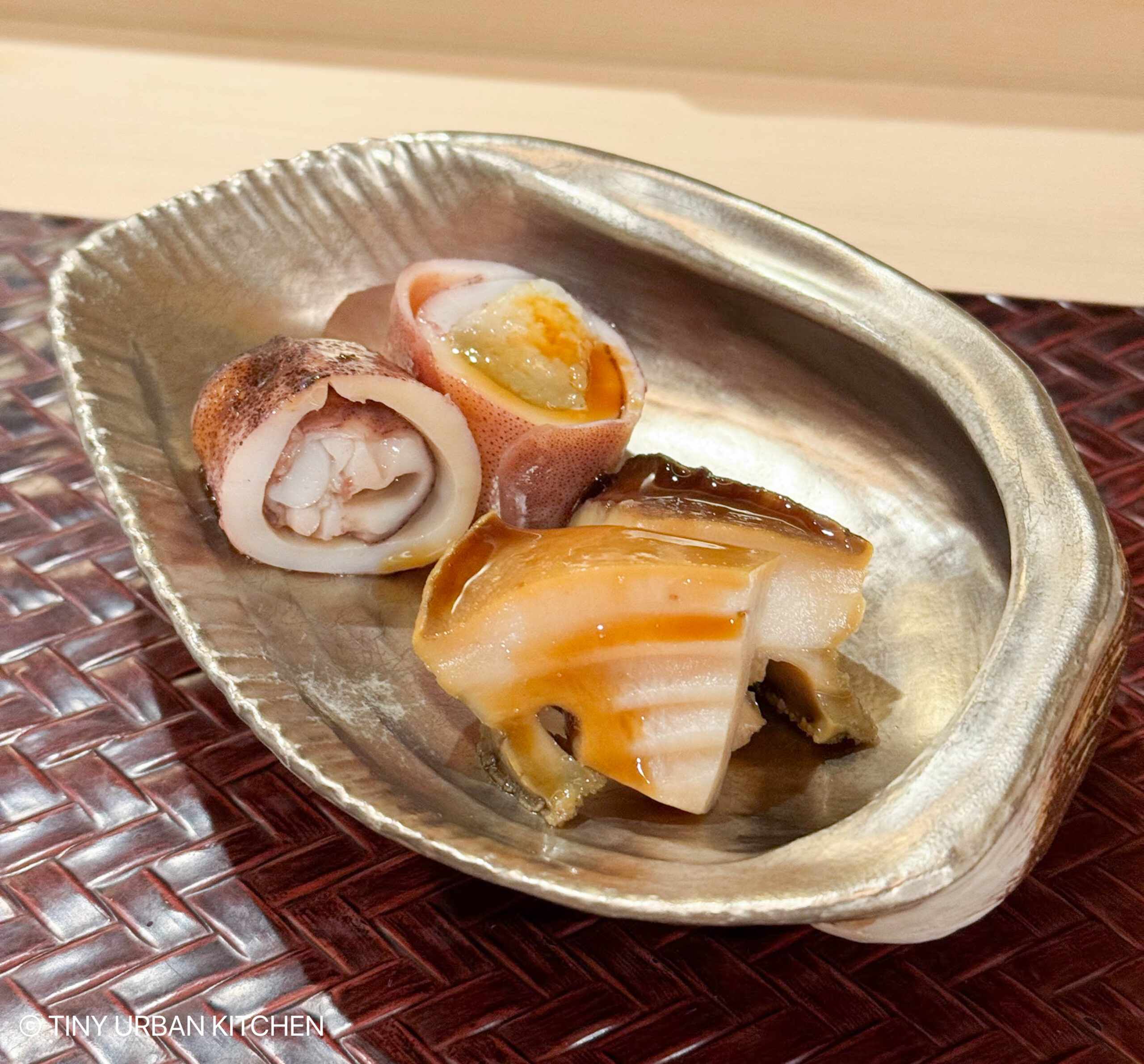
Next course included steamed squid (filled with roe) and abalone + liver sauce. Both were very good.
Some unusual "exotic" dishes
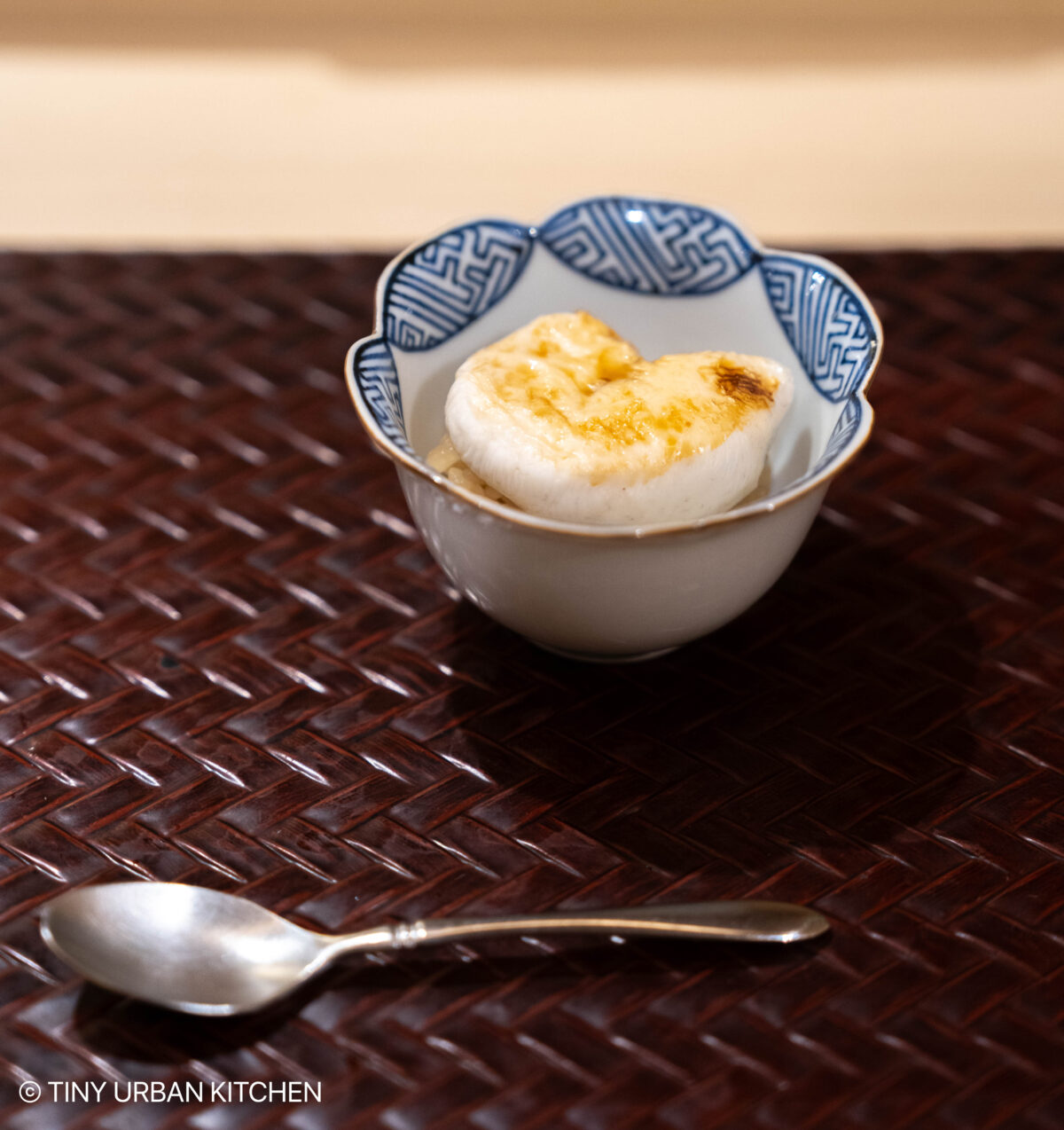
My mouth almost dropped when he told us what the next dish was: fugu shirako plus rice.
Hold on, wait . . . shirako is the male gonad of a fish, right? I can eat it, but I’ve never been a huge fan. But fugu is the puffer fish, the potentially poisonous “tingly” (numbing) fish that - if not prepared properly - could kill you.
”Mix the shirako with the rice.”
It felt like a Japanese, “Russian-roulette”, exotic version of a creamy risotto. I was a bit nervous, but what can you do? Honestly, it turned out OK, and I didn't even get a hint of the “numbing feeling” (which I think, means there really wasn’t any poison??).
It’s not our first time having fugu, but after not being that wow-ed by it the first time, I didn’t really plan on eating it again . . .
The exotic unusual dishes did not stop there.
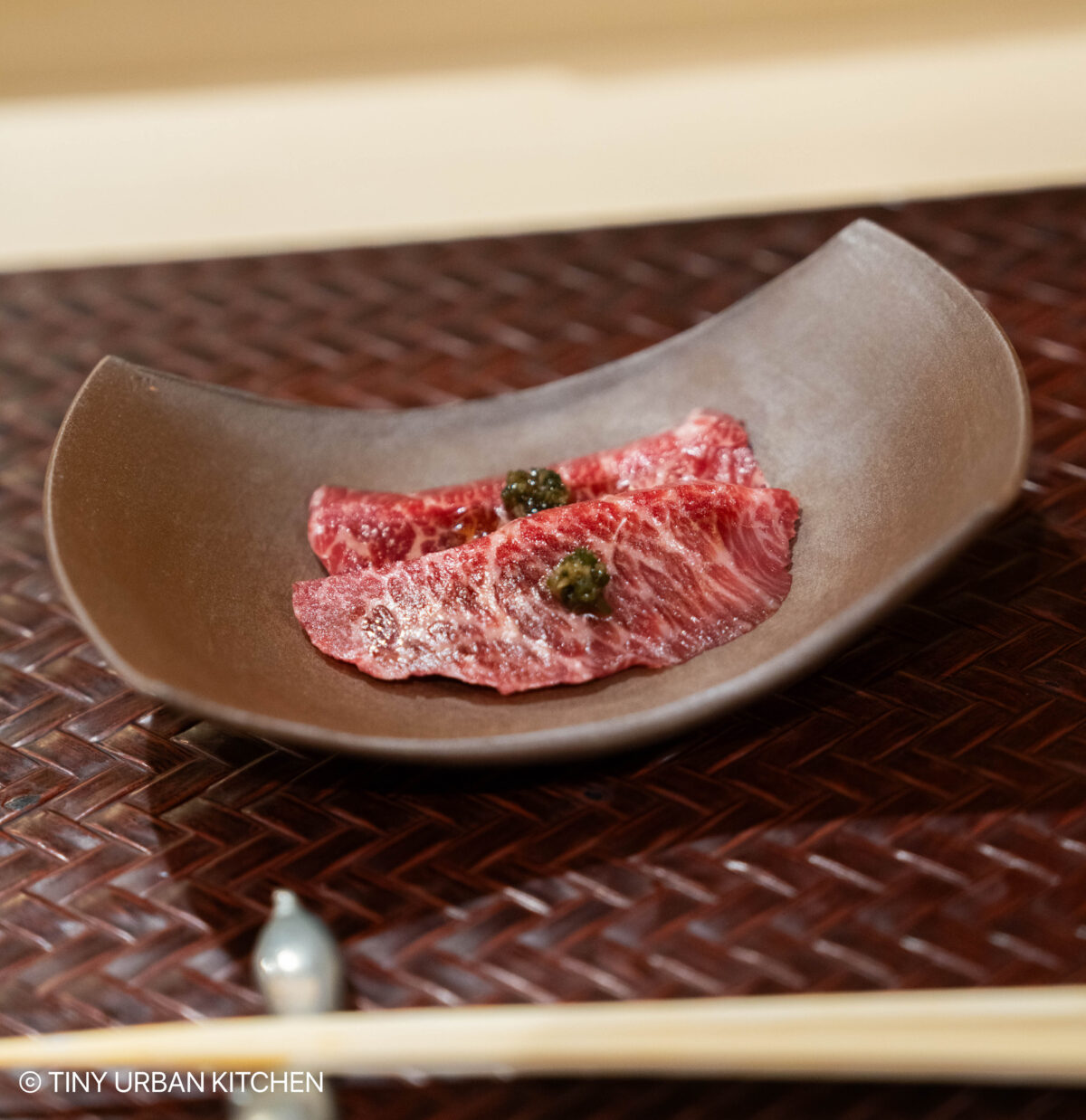
He handed us a beautifully marbled piece of red meat.
”Interesting” I thought, “he’s serving Wagyu beef.”
”Whale” Suzuki-San said in a single sentence.
Whaaaaa??? I don’t think I’ve ever had whale, although apparently it used to be pretty commonly eaten in the olden days in Japan.
How did it taste? It was incredibly tender and very, very well-marbled. It really looked like beef but tasted as soft as tuna belly.
Crazy.
Part II: Nigiri Sushi
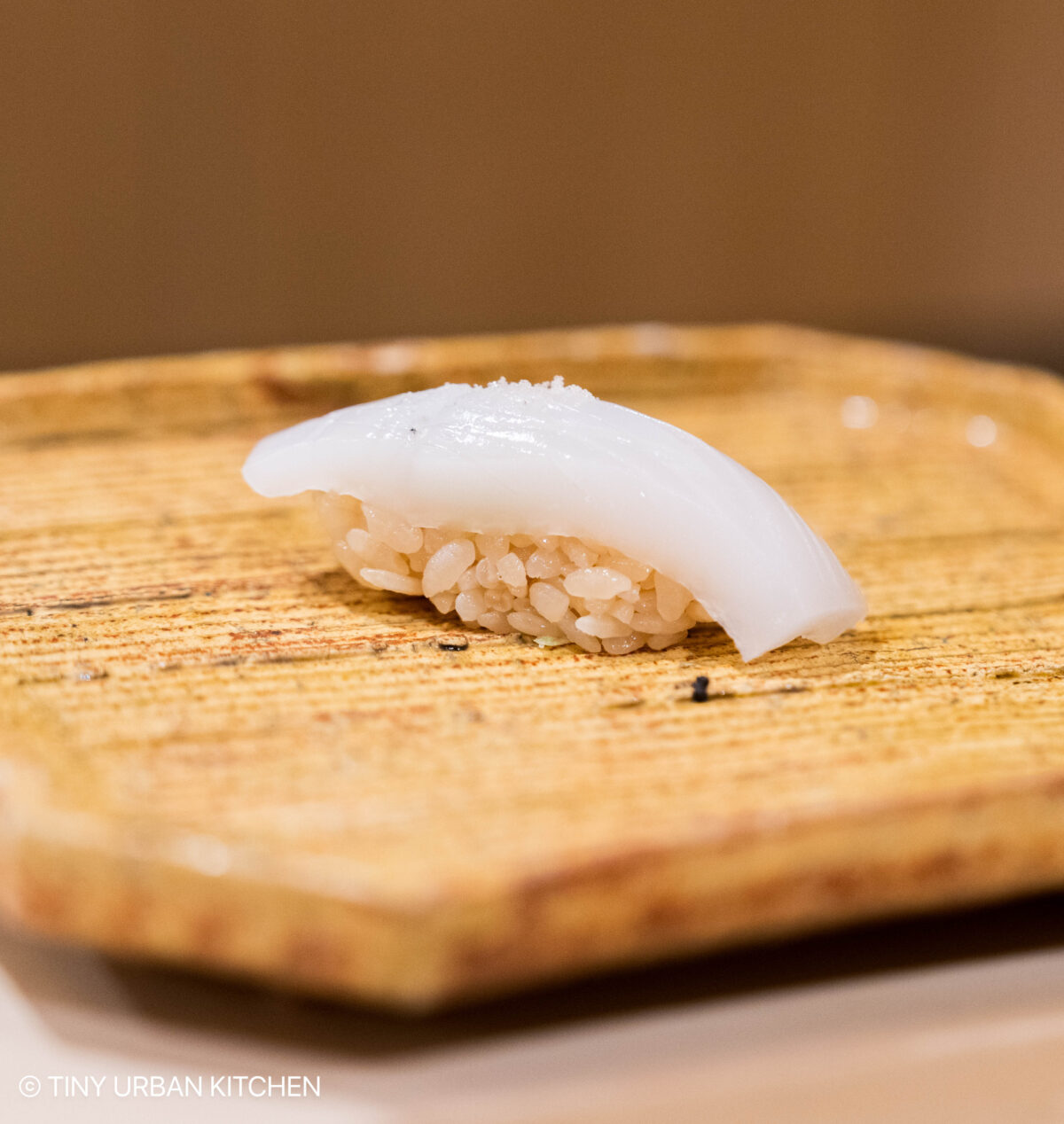
We started with sumi-ika (squid). This was our first time trying Suzuki-san’s rice. He’s more aggressive in his seasoning (reminds us a bit more of Jiro) with his strong vinegar, generous amount of wasabi, and very “Q” rice. I liked it, a lot.
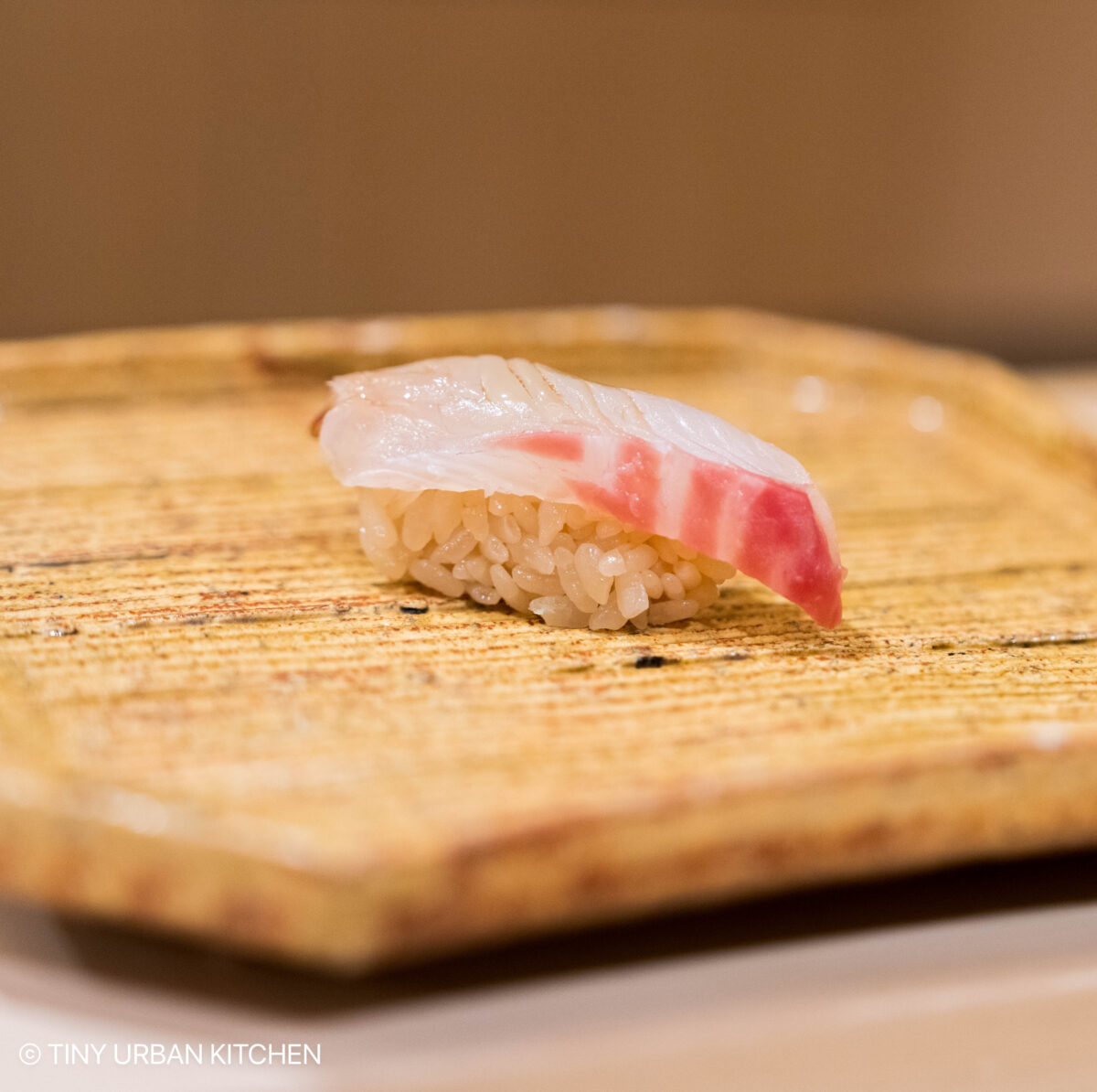
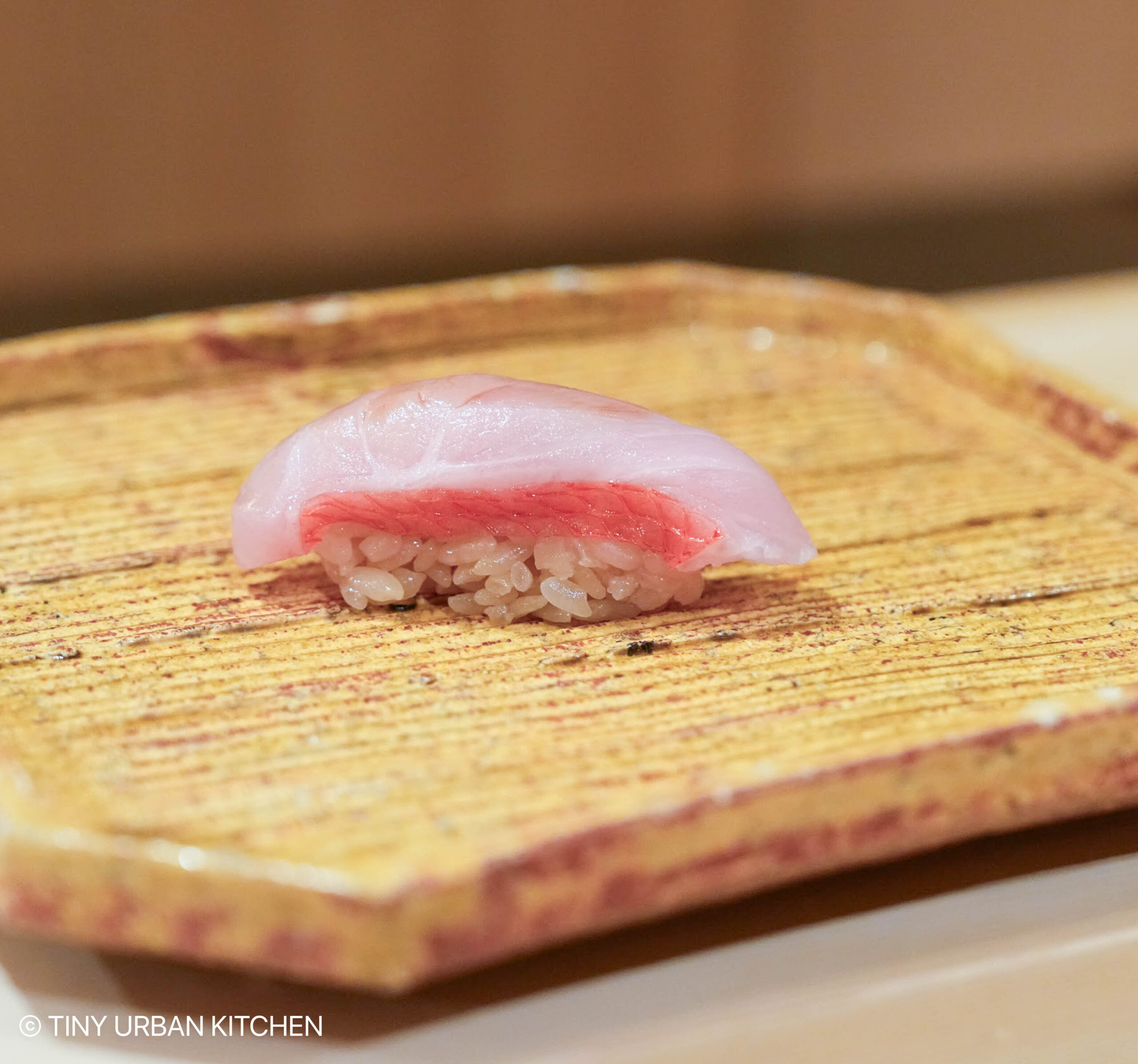
Signature Tuna Trio
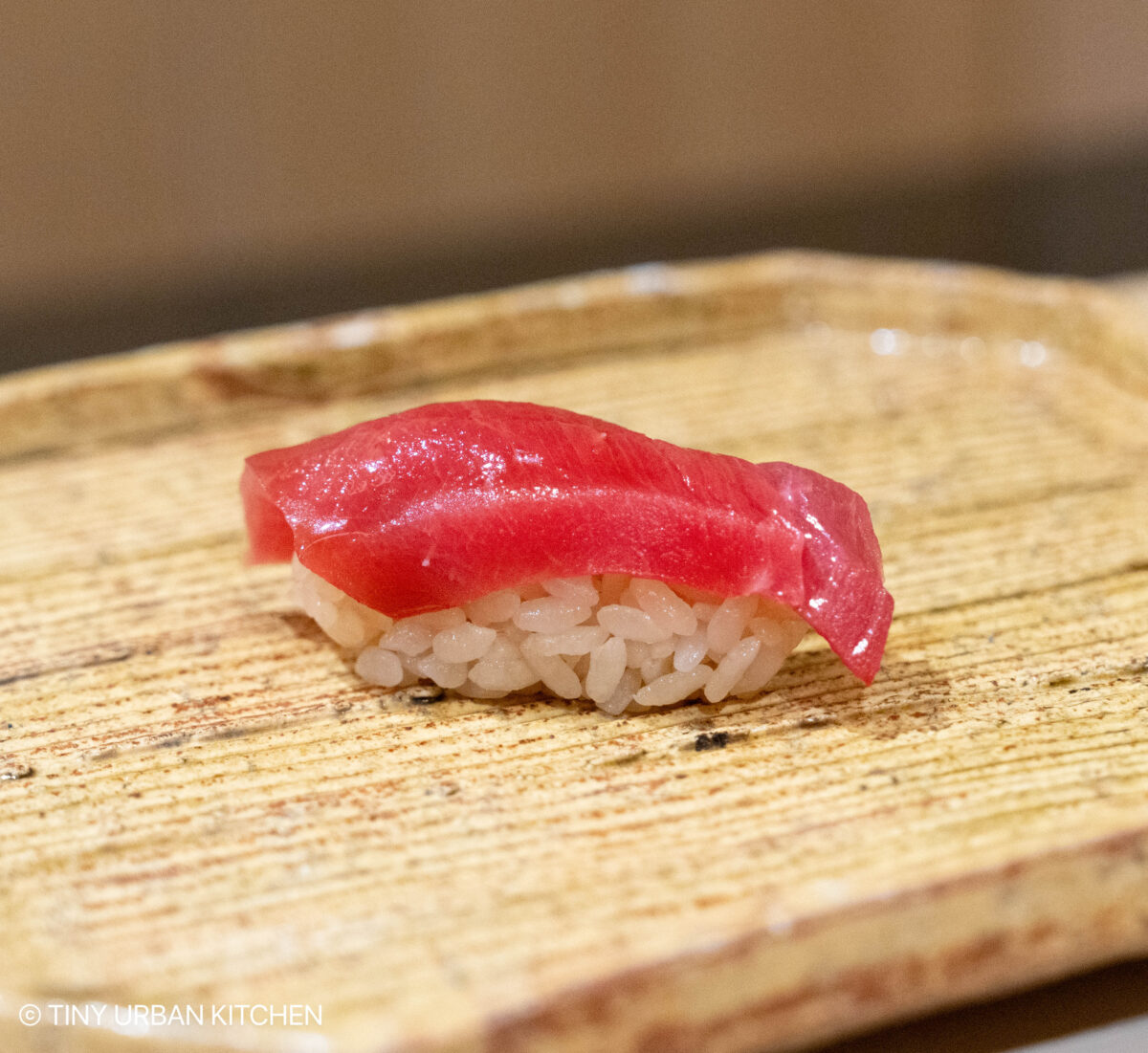

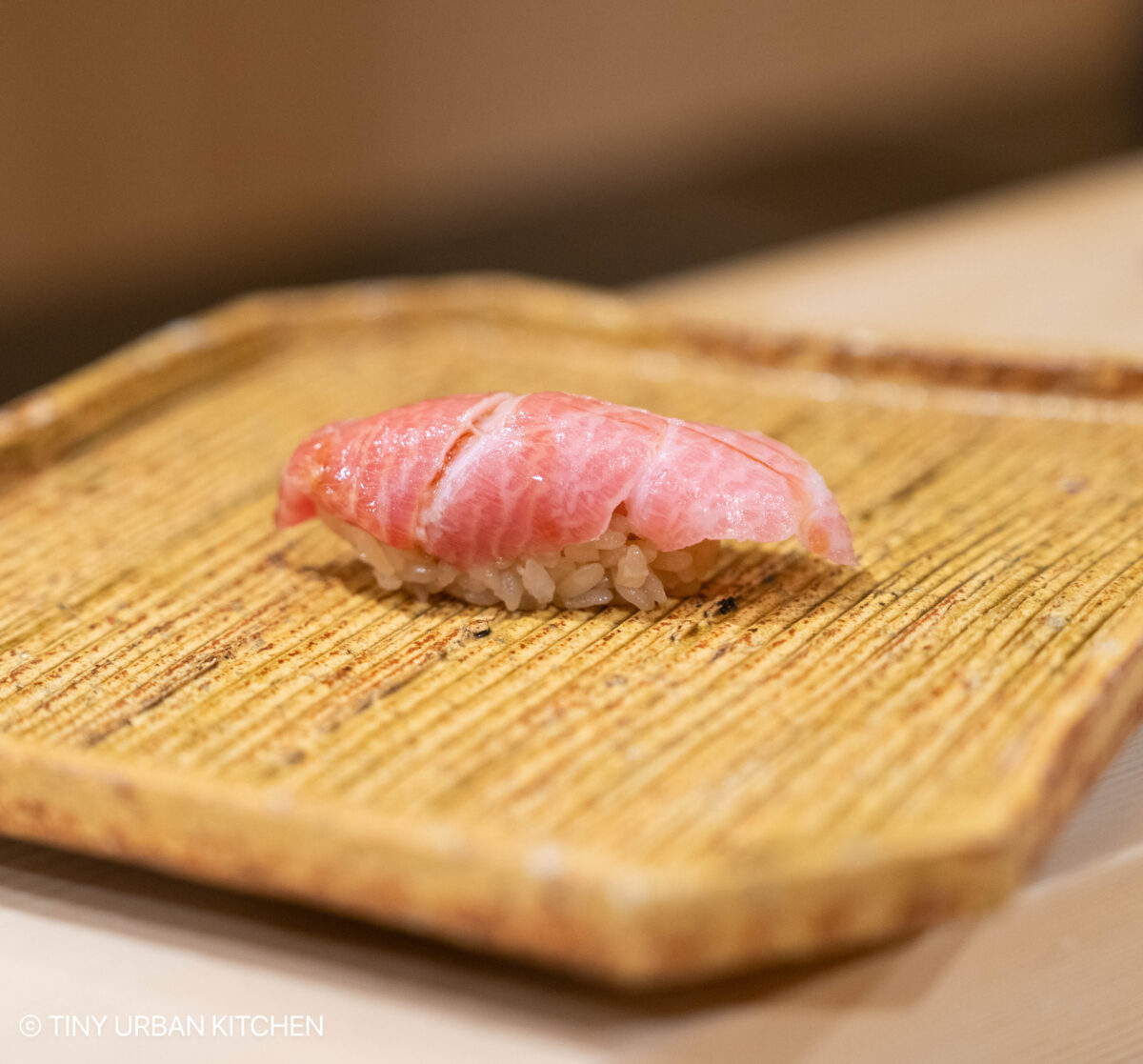
Next came the tasting of tuna: maguro, chutoro, and otoro (lean, medium-fatty, and fatty). All were very, very good.

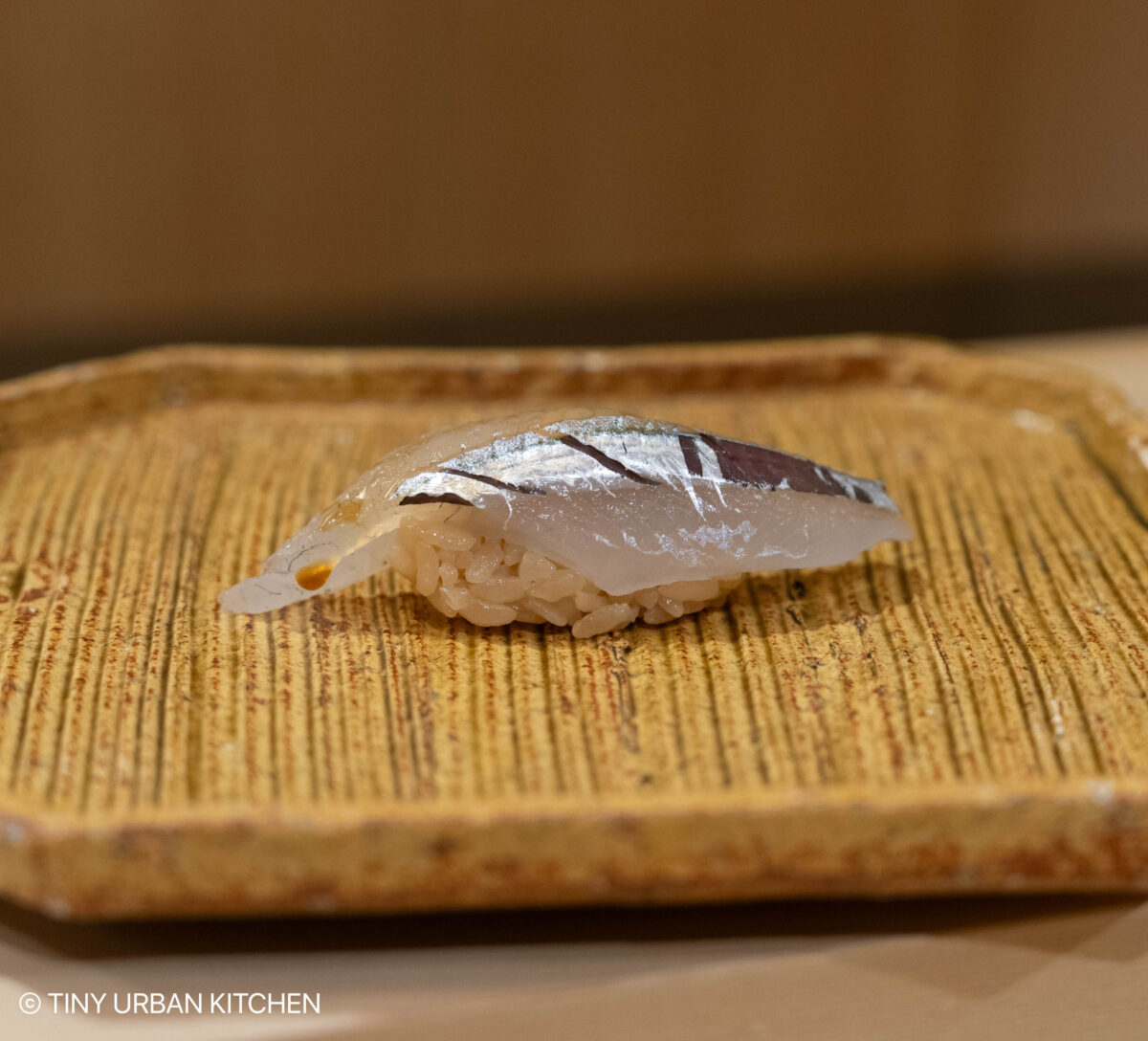
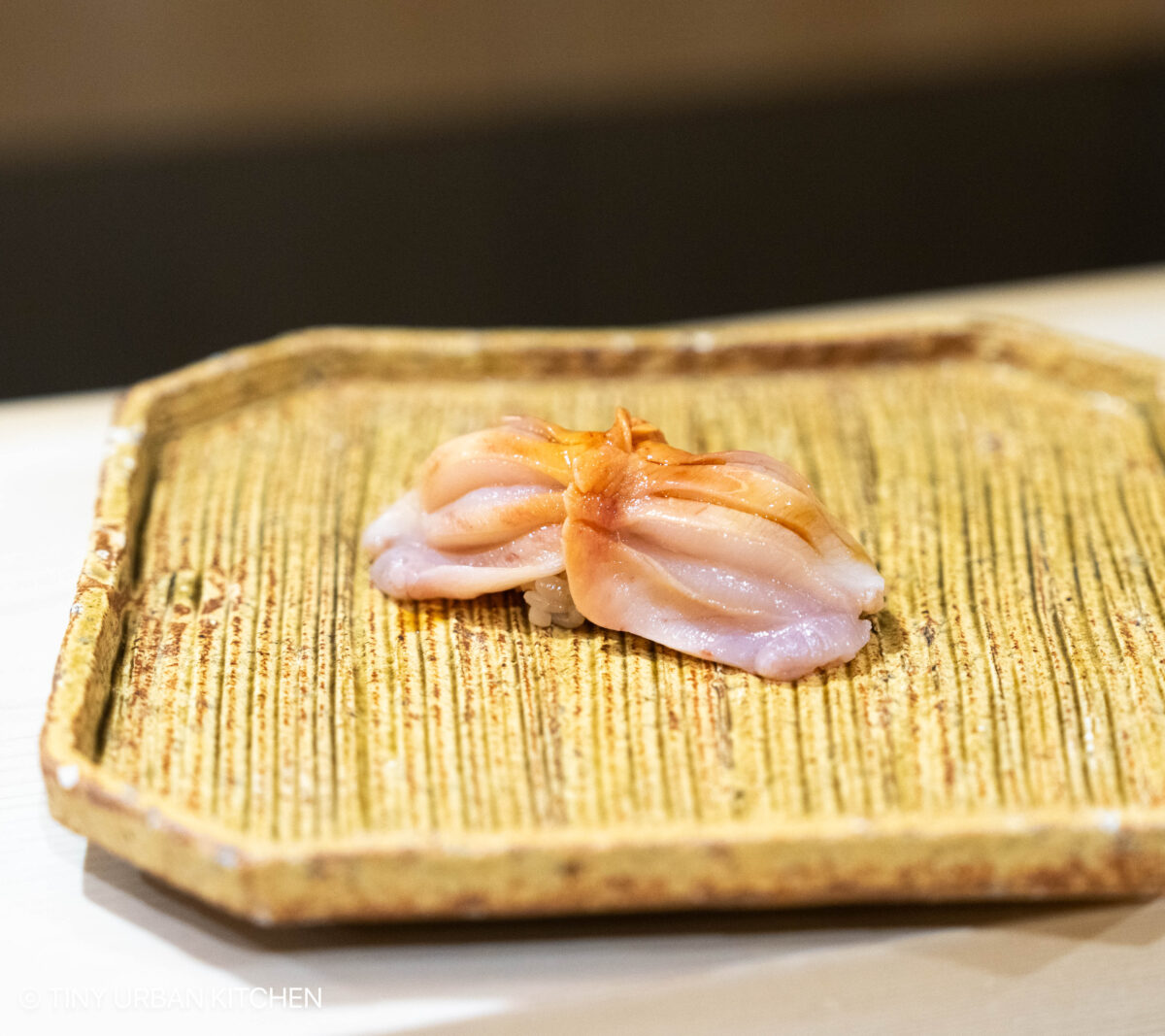
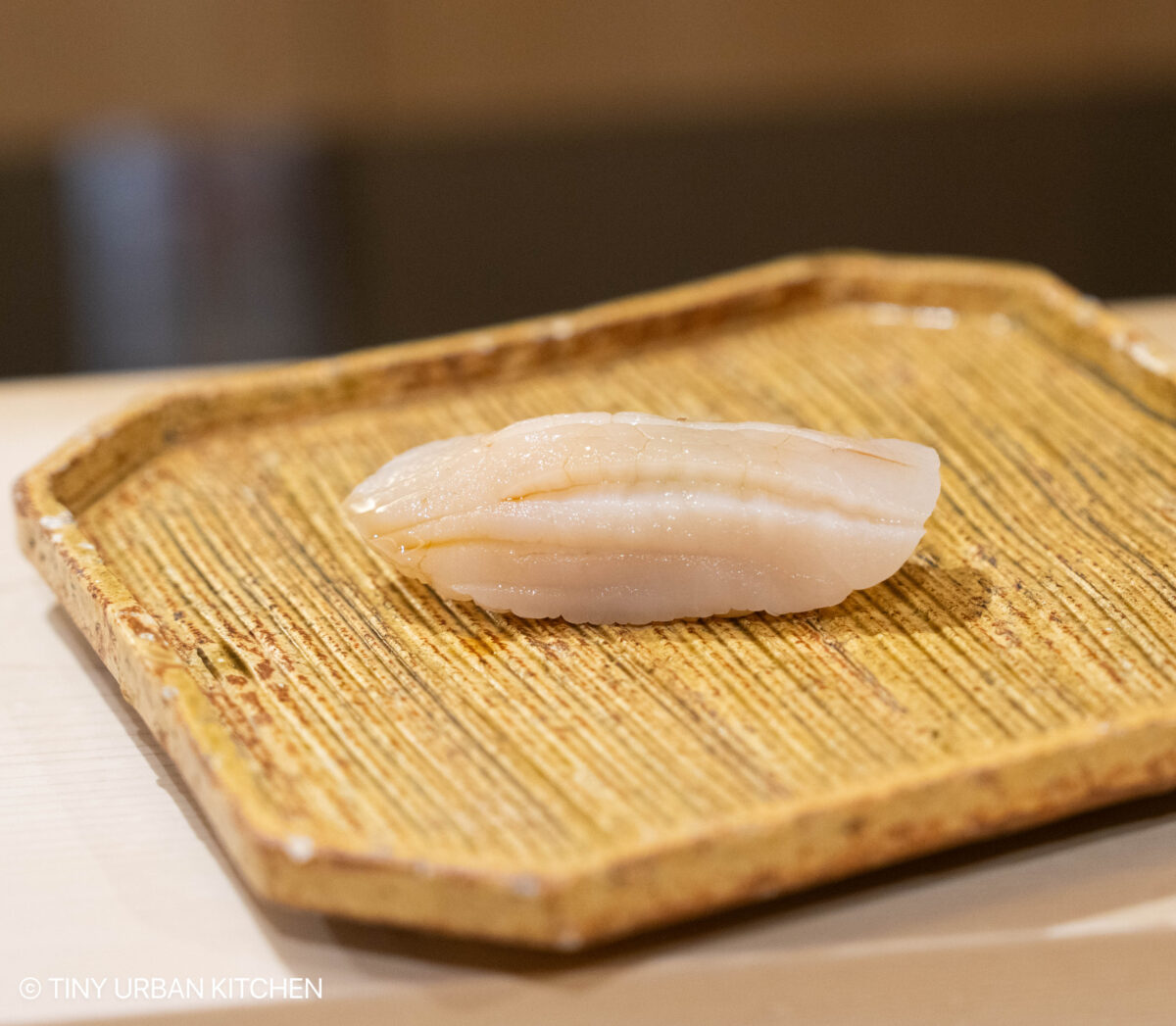
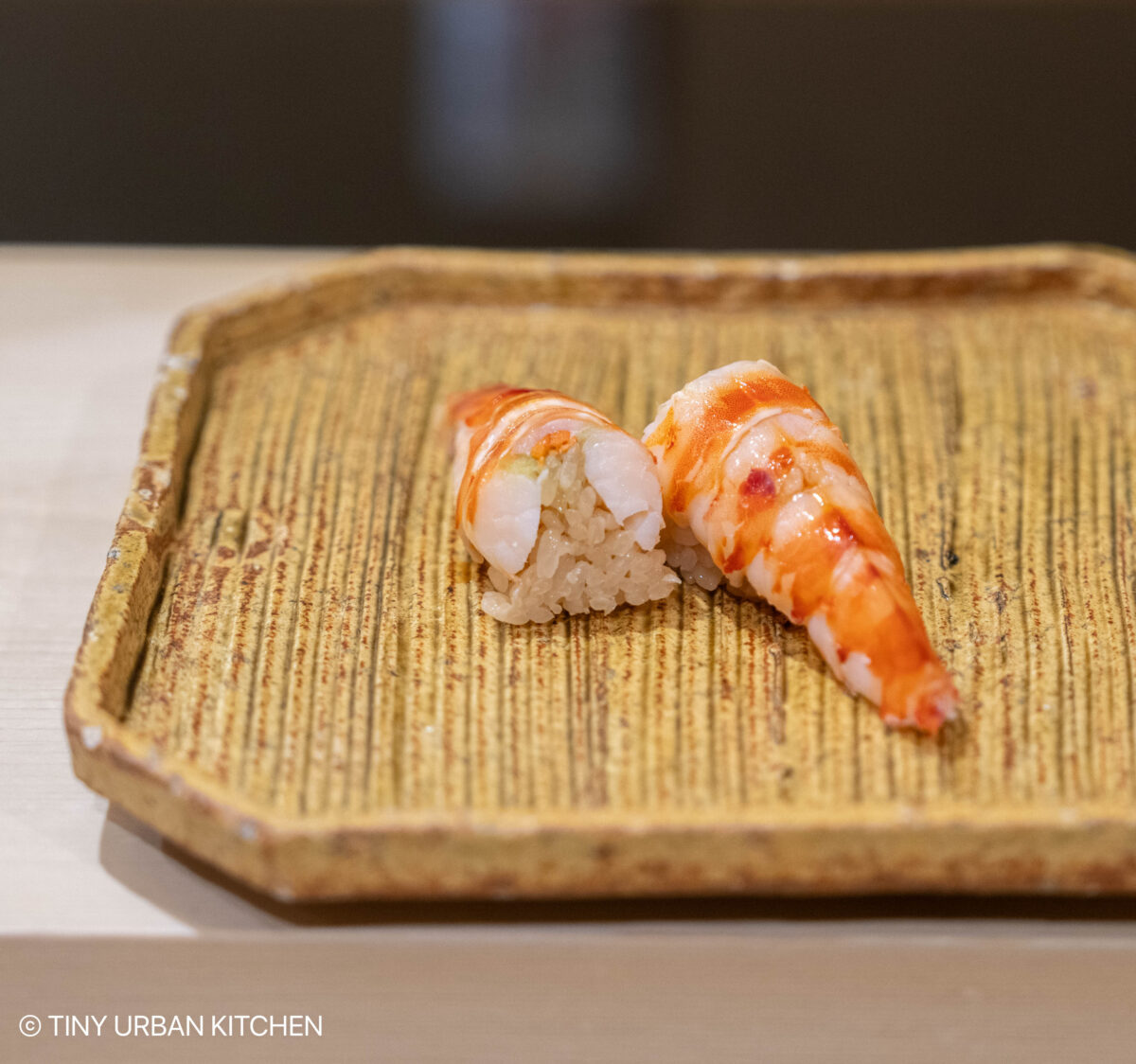
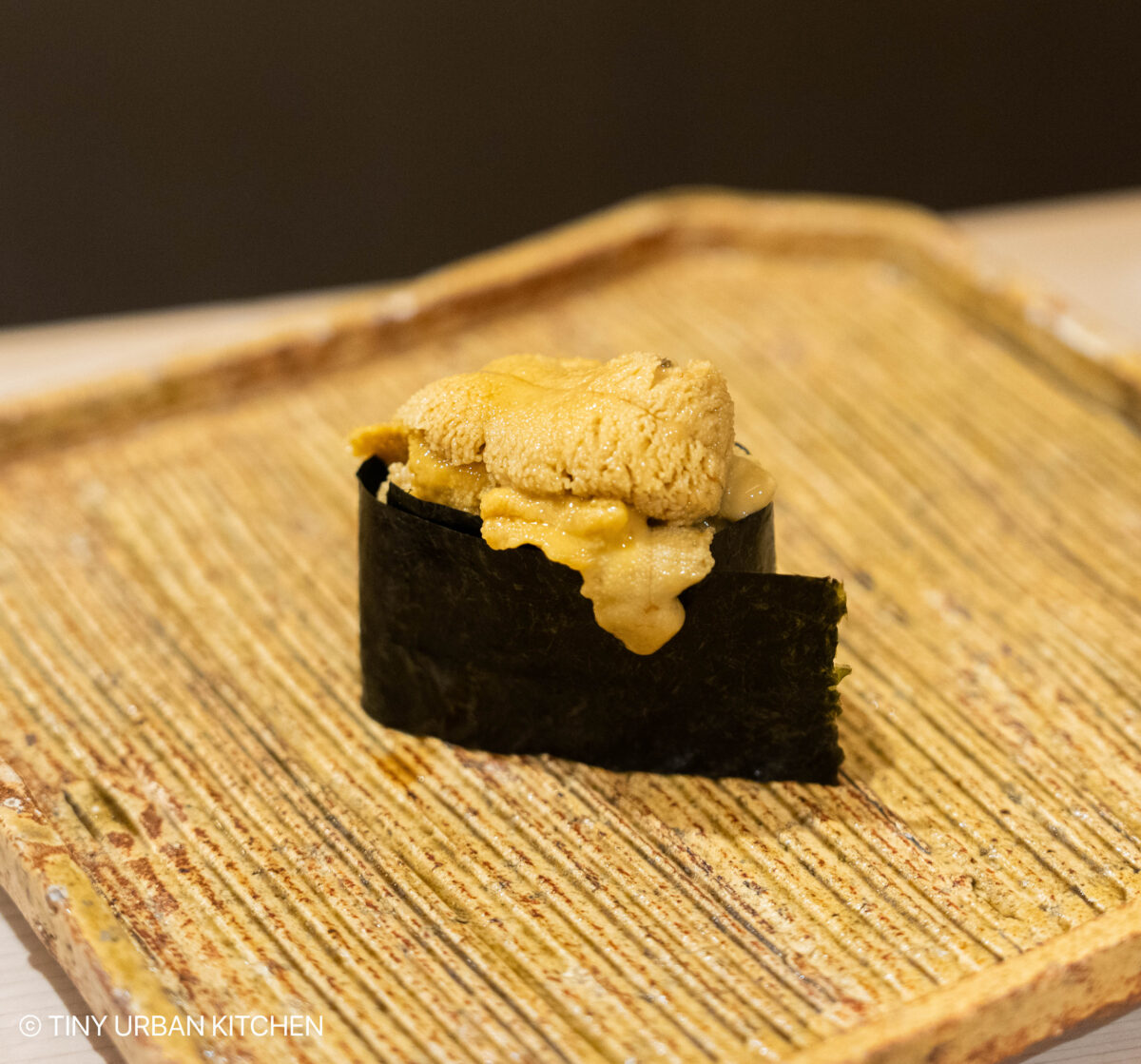
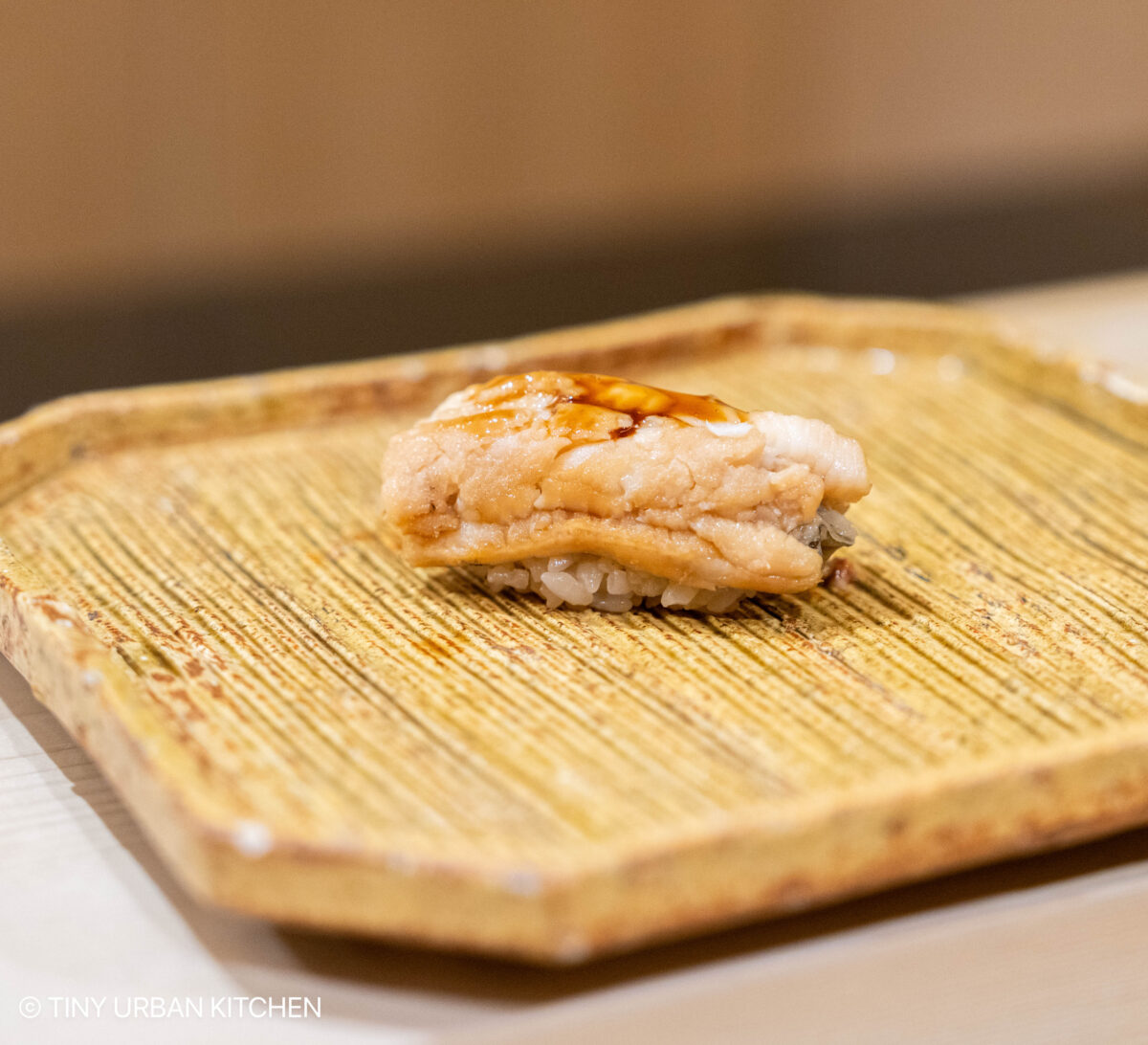
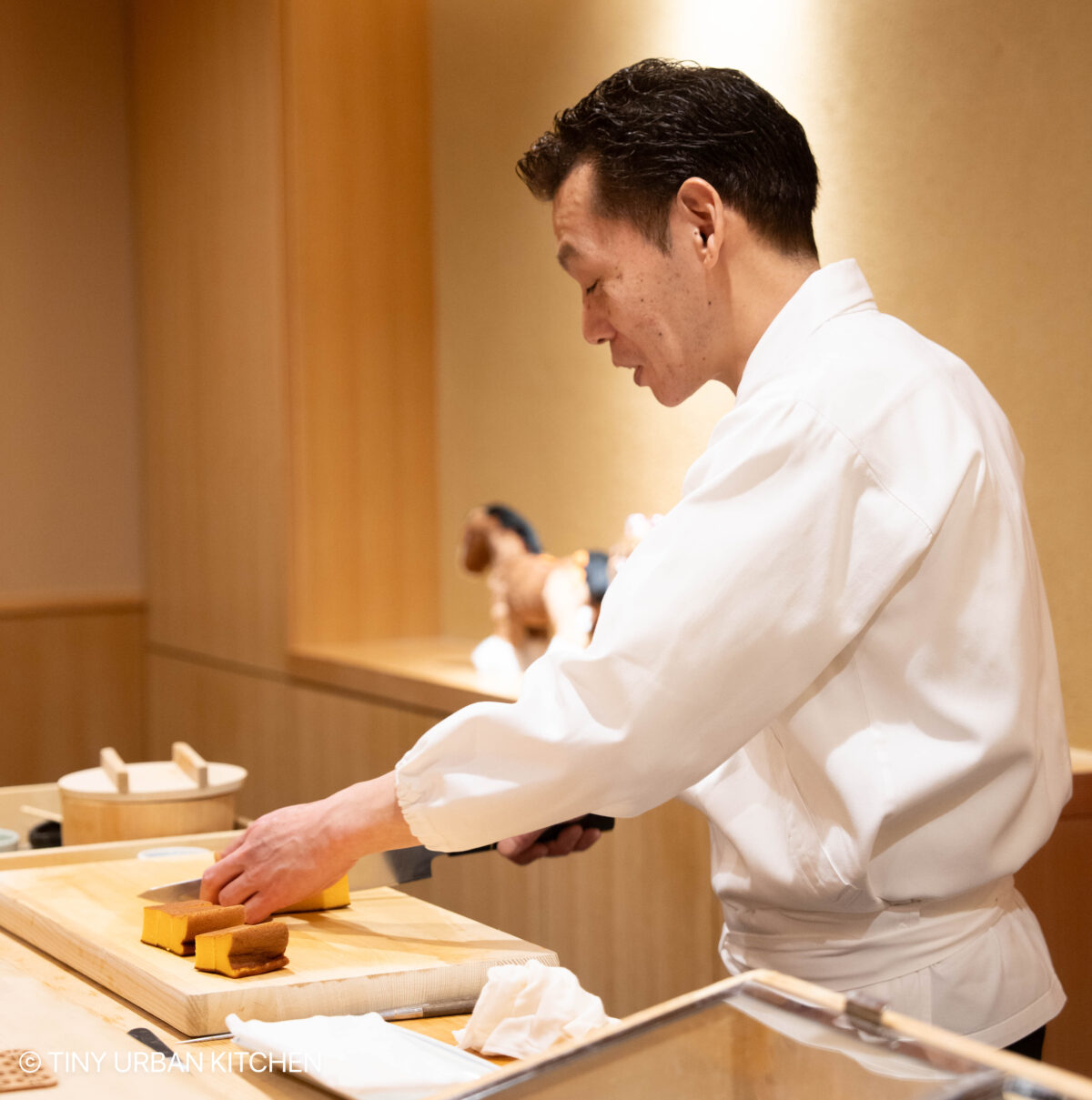
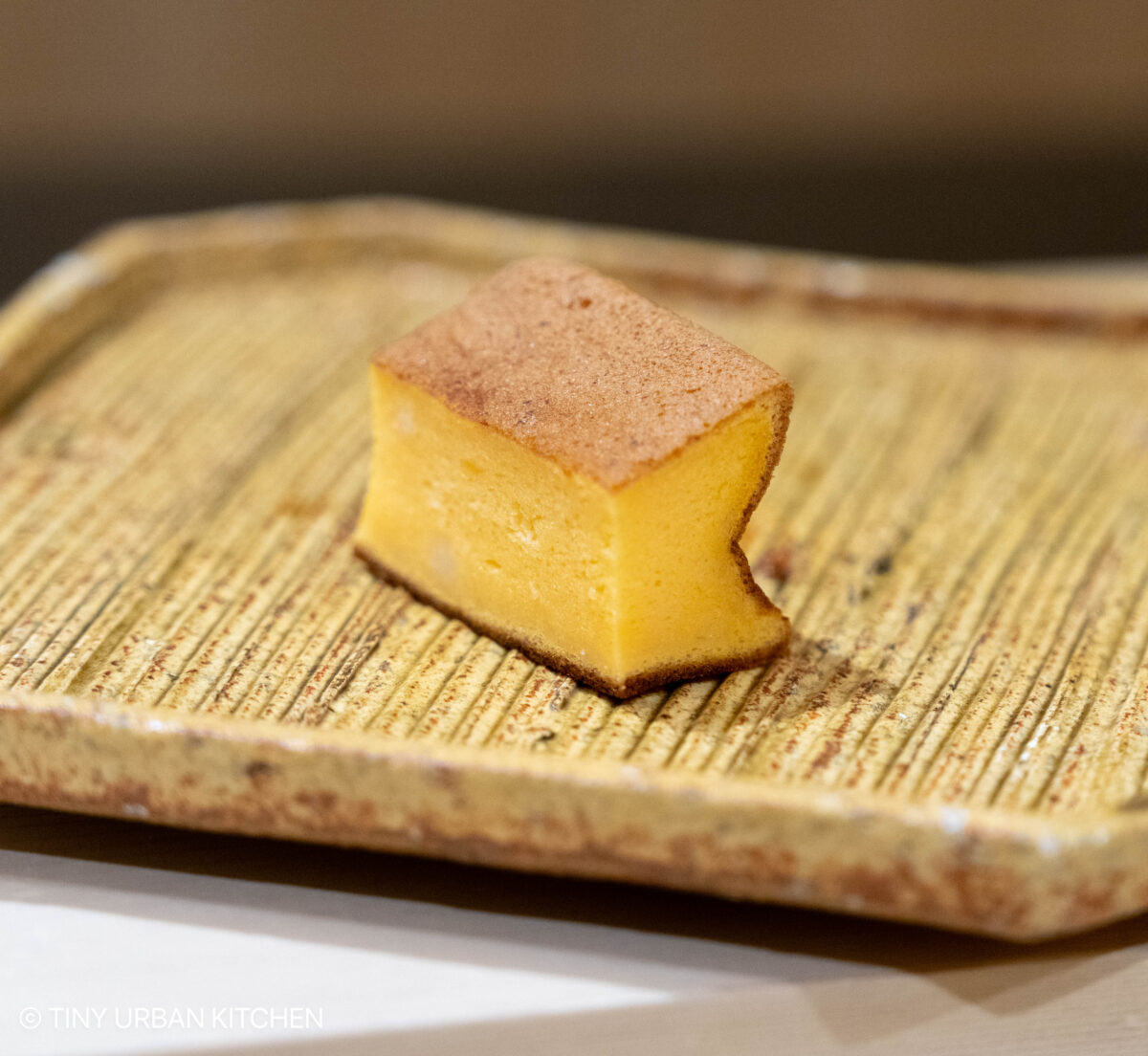
Sake
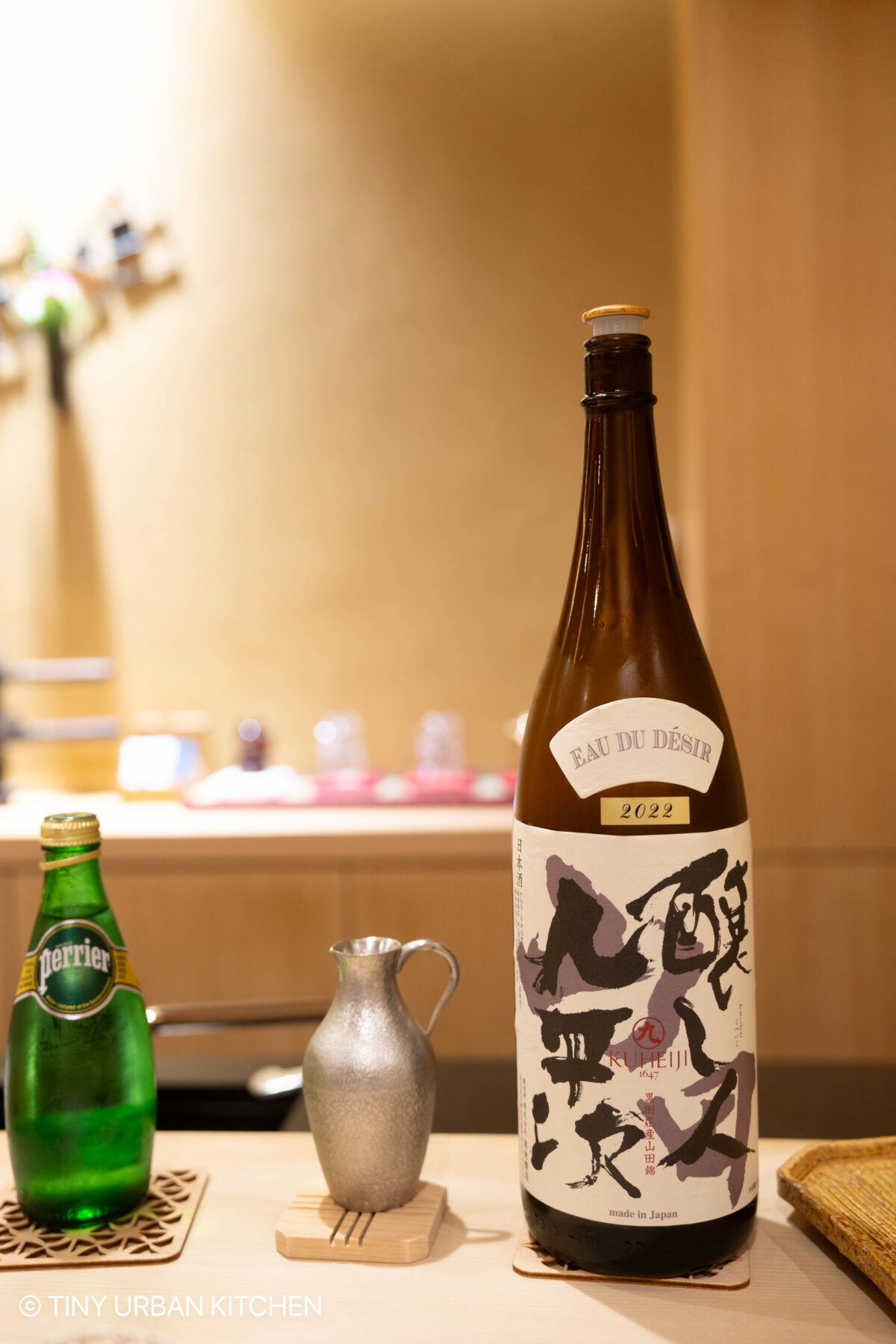
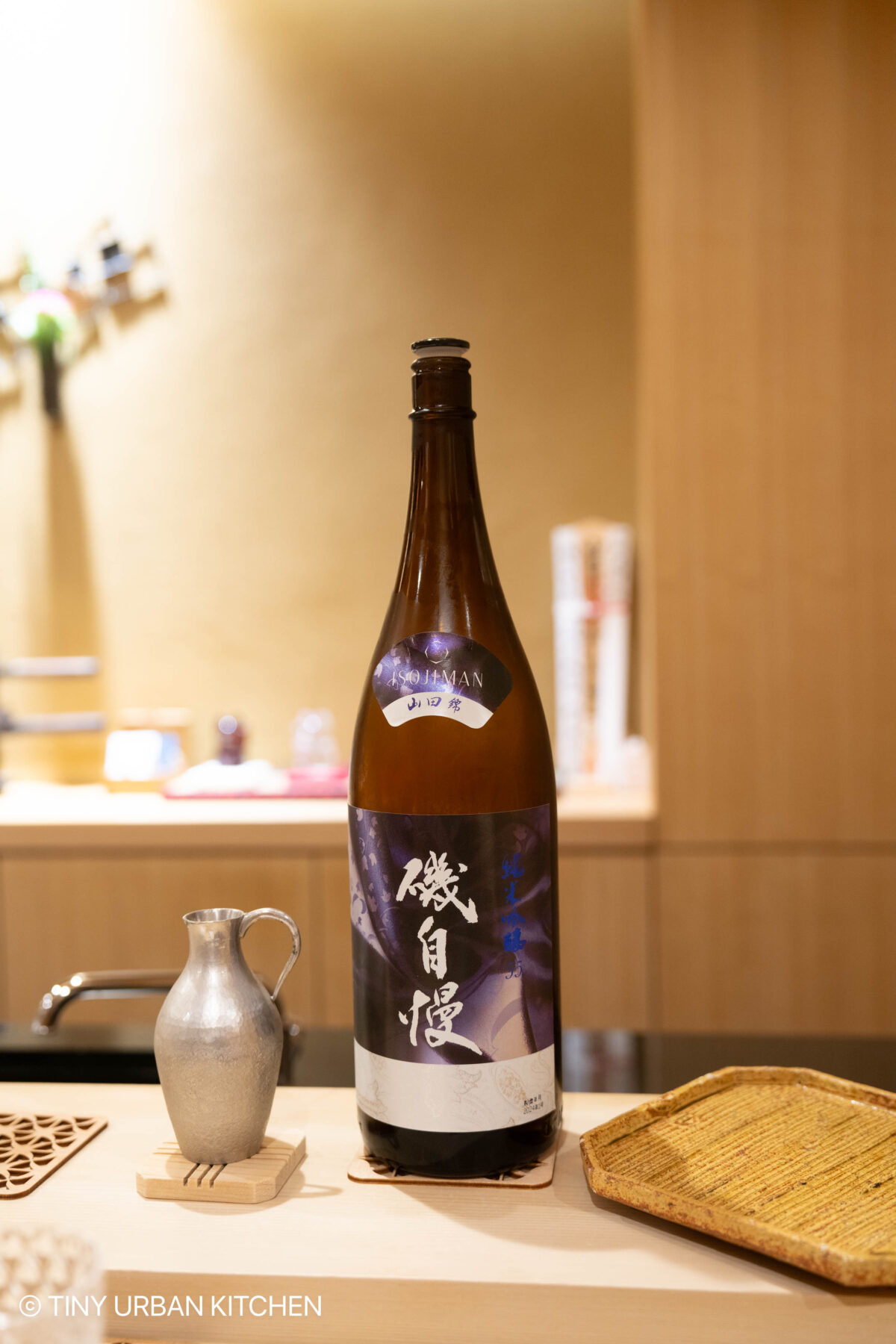
We learned how to describe the sake we were drinking, which had an element of salinity: sweet + salty is “amai” + “shuopai ”. Shuoyu is soy sauce (ha!), so it makes sense.
Concluding Thoughts: Sushi Suzuki + this Japan Trip
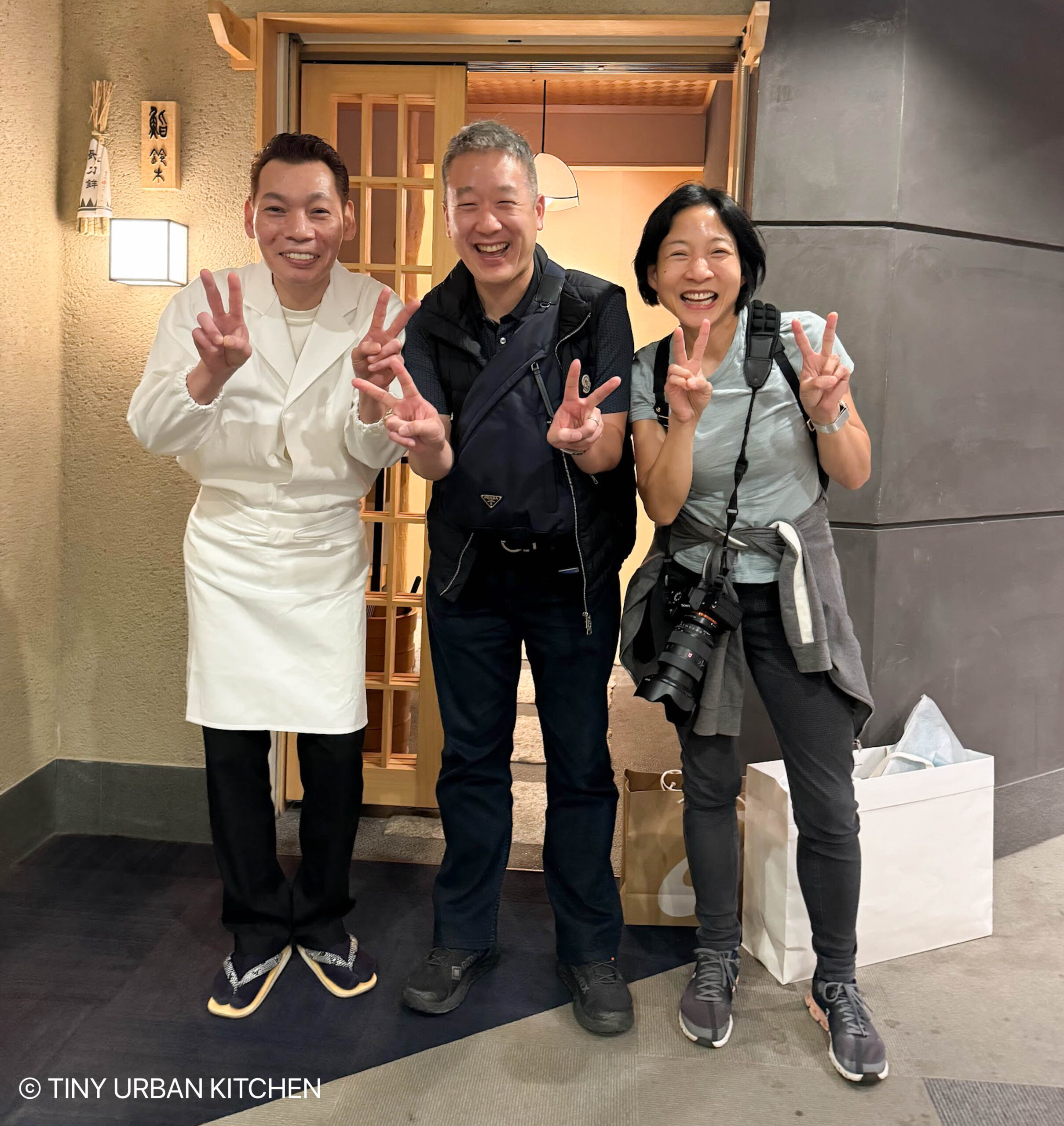
It’s been close to 5 years since we’ve had high-end sushi in Japan (due to the pandemic). Not that we’ve been deprived of sushi (Sushi Shikon in Hong Kong is equal to the best in Japan). But it still felt like a homecoming of sorts to finally be back in Japan eating sushi like we used to in our early days traveling to Tokyo.
The quality of the food at Sushi Suzuki is excellent. You may try some more unusual pieces, which may not be for everyone. Of course it's better if you speak Japanese (he tried, but had a hard time communicating with us). He's certainly friendly. It made me wish I had worked harder to preserve my Japanese language skills from college. (perhaps it's not too late!)
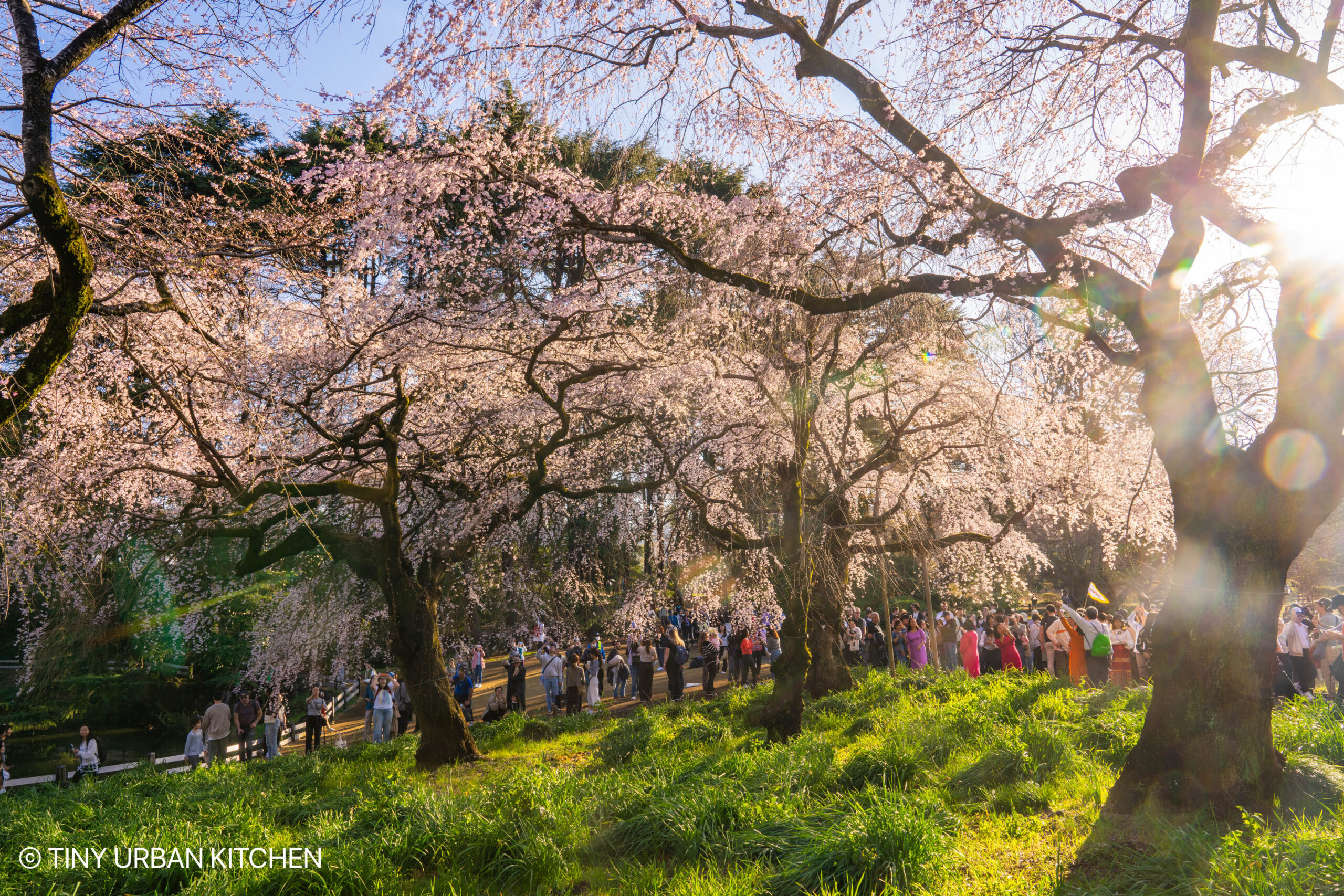
This trip was special for other reasons. We were thrilled to catch good weather and the beginning of the cherry blossom season (which was super late this year - so glad we caught it!). We also had a chance to spend time with dear friends from the US, which was precious. Finally, the exchange rate between USD and JPY is ridiculously favorable right now, so we also went shopping!
Can’t wait until the next time I return!
Sushi Suzuki Tokyo
Japan, 〒104-0061 Tokyo
Chuo City, Ginza, 6 Chome−5−155F
*OK full confession, I still love all these Japanese characters








